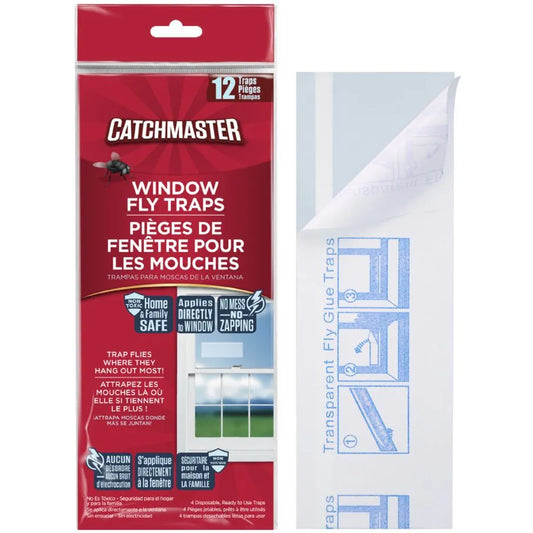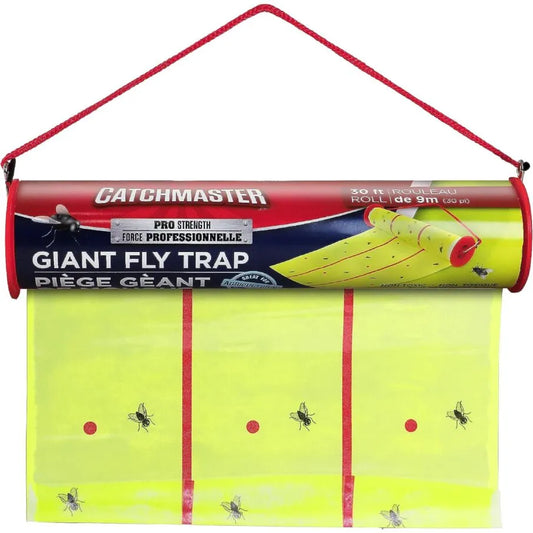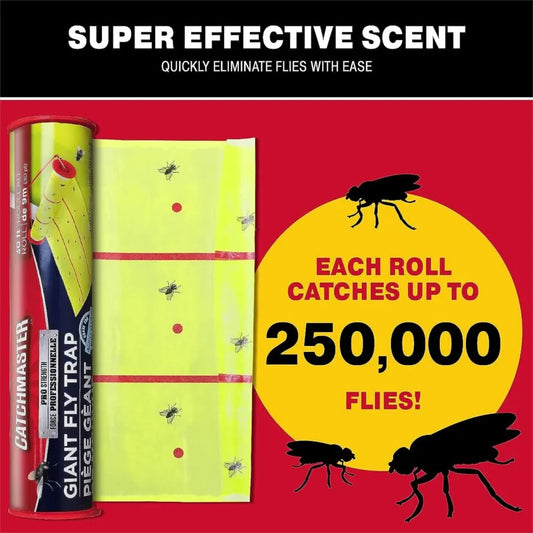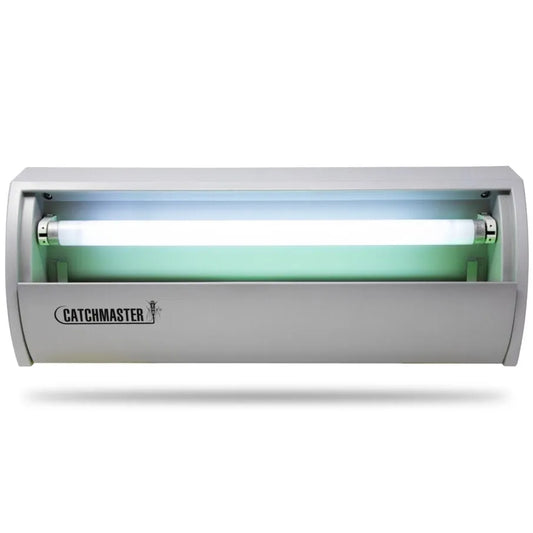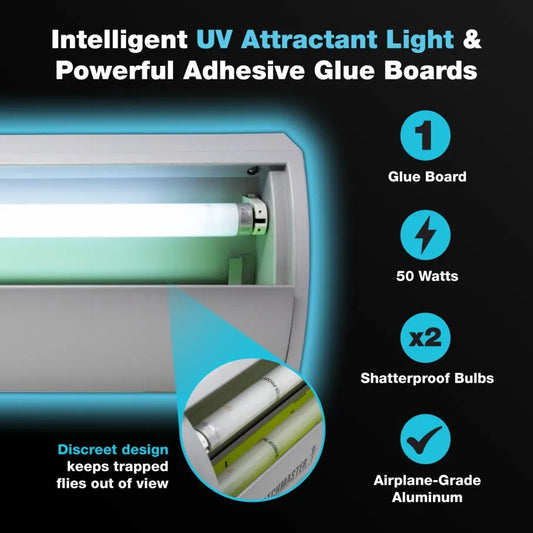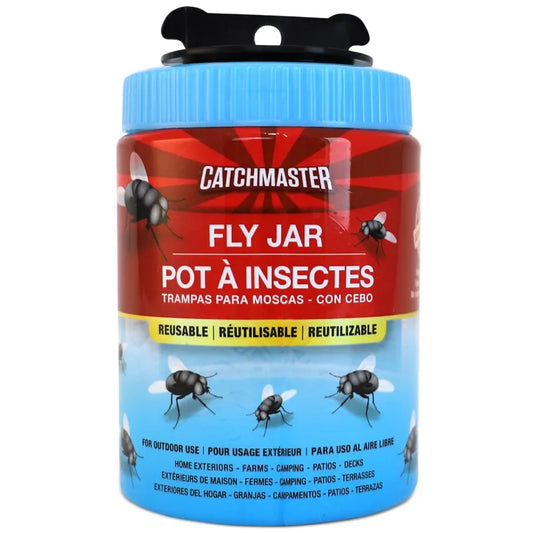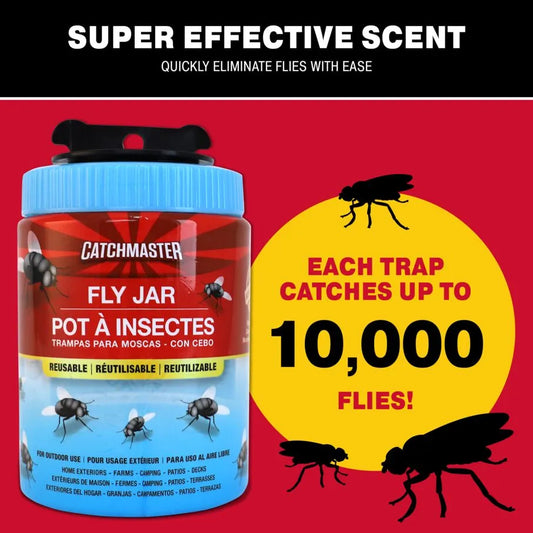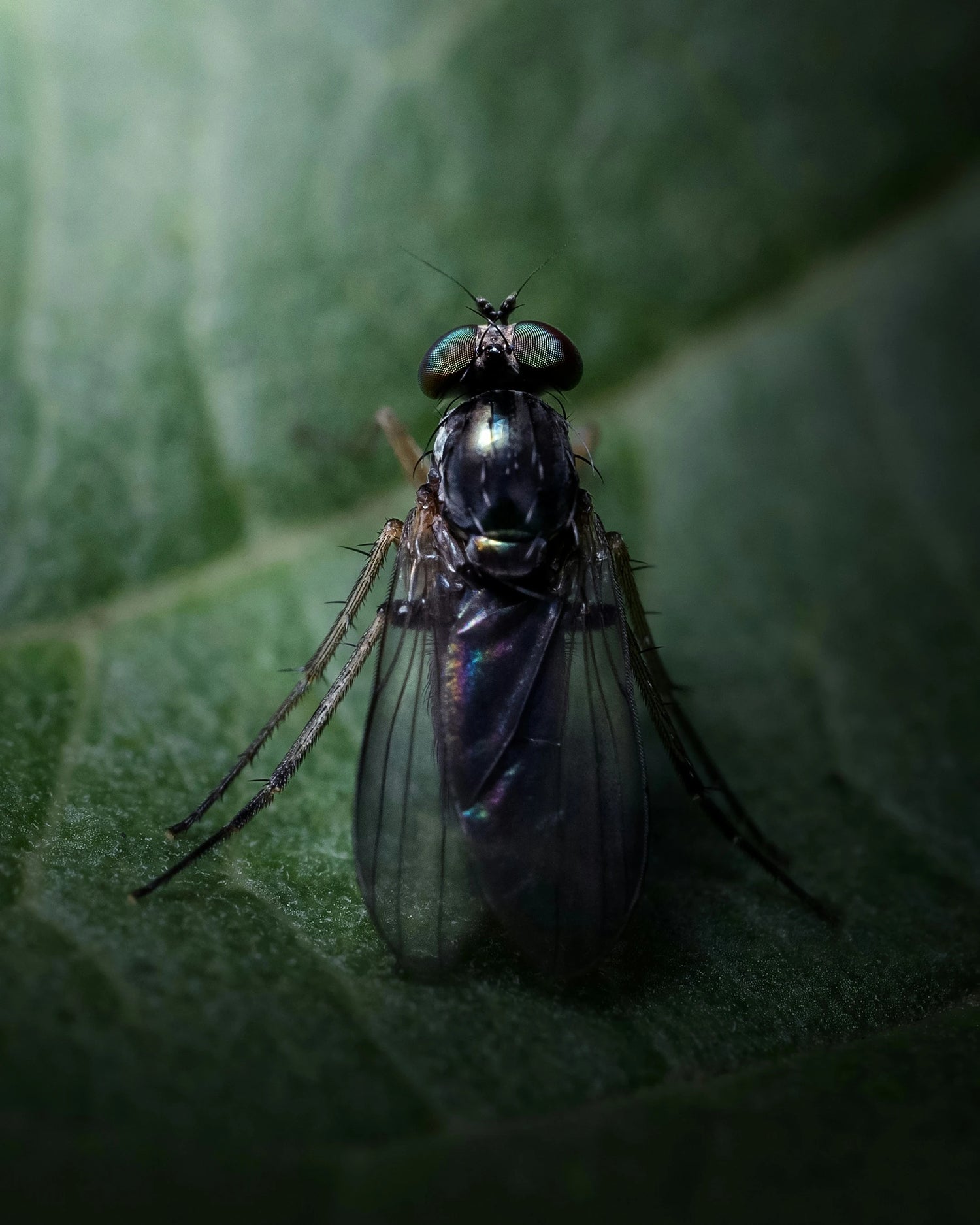Best Indoor Fly Traps: Keep Your Home Fly-Free
Why choose Catchmaster's indoor fly traps
Key features to look for in indoor fly traps
Our top picks for indoor fly traps

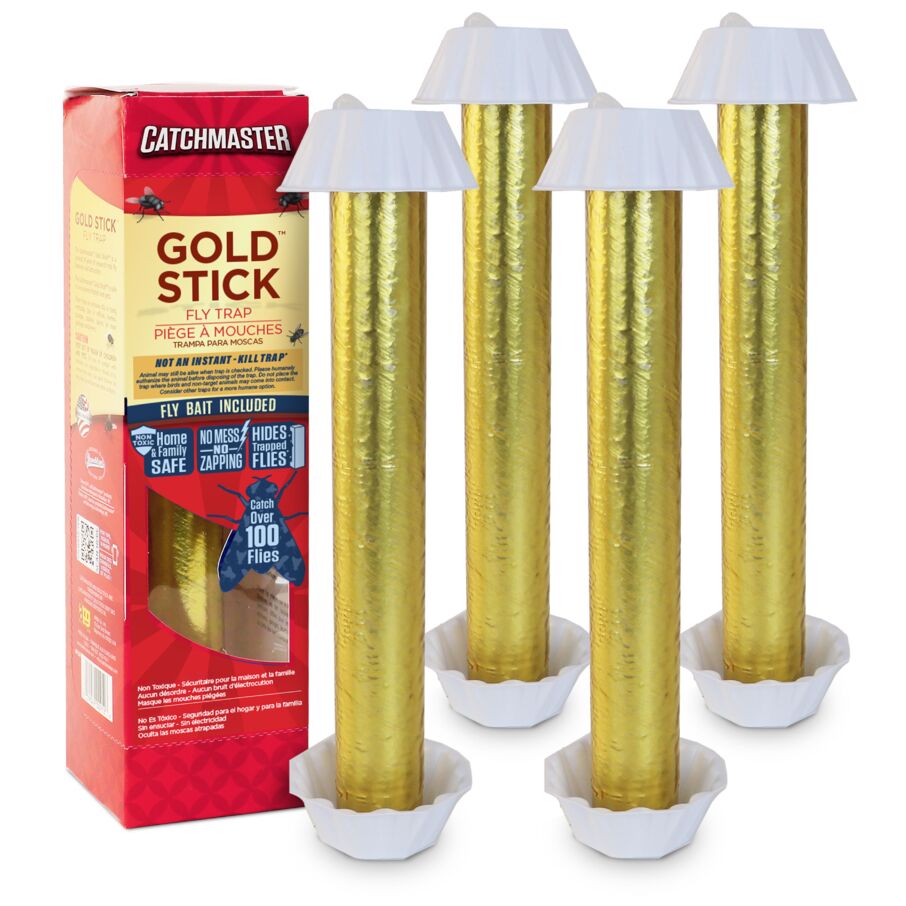
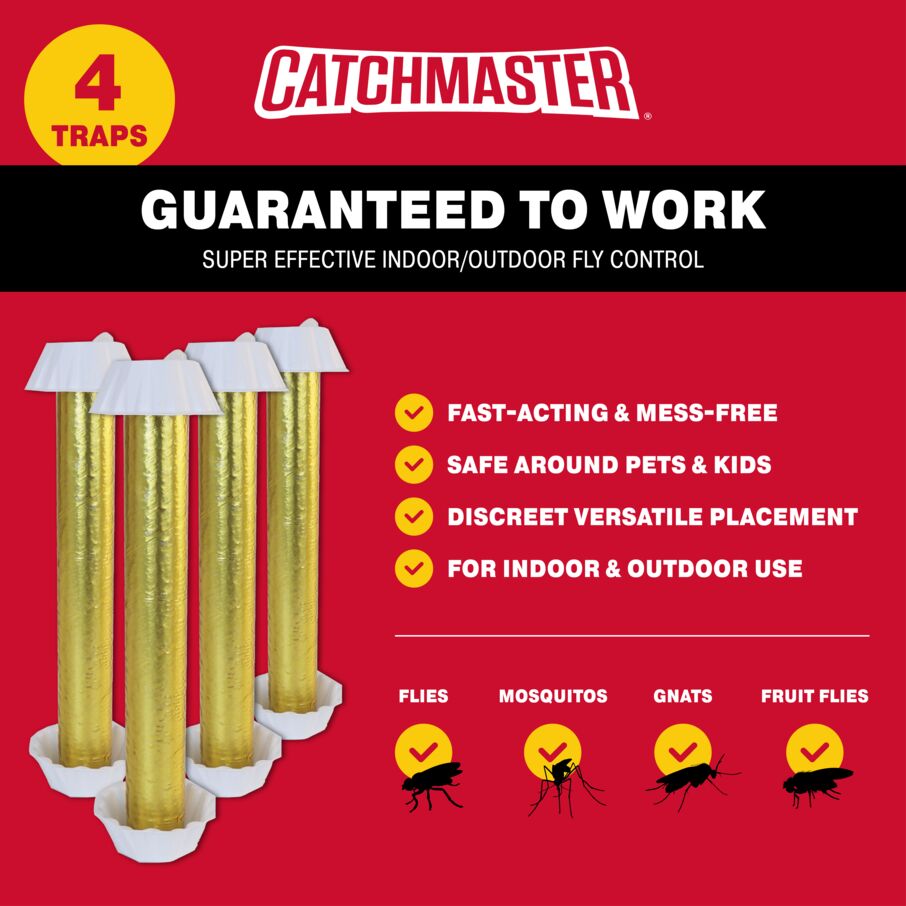
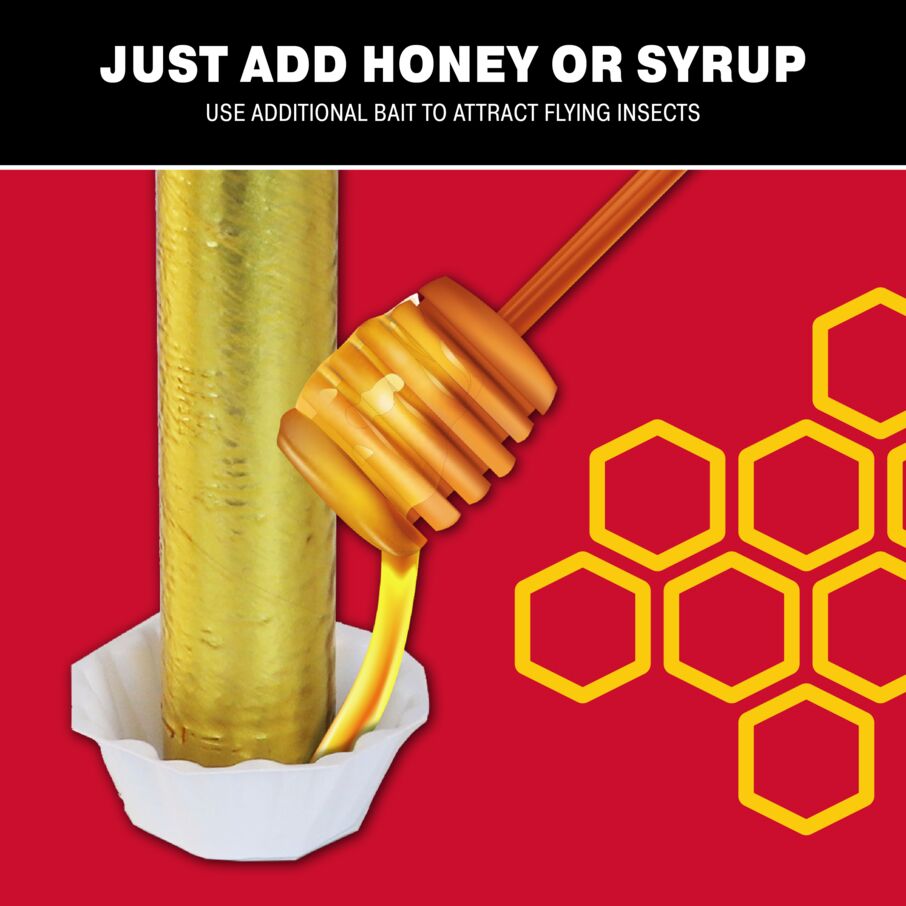
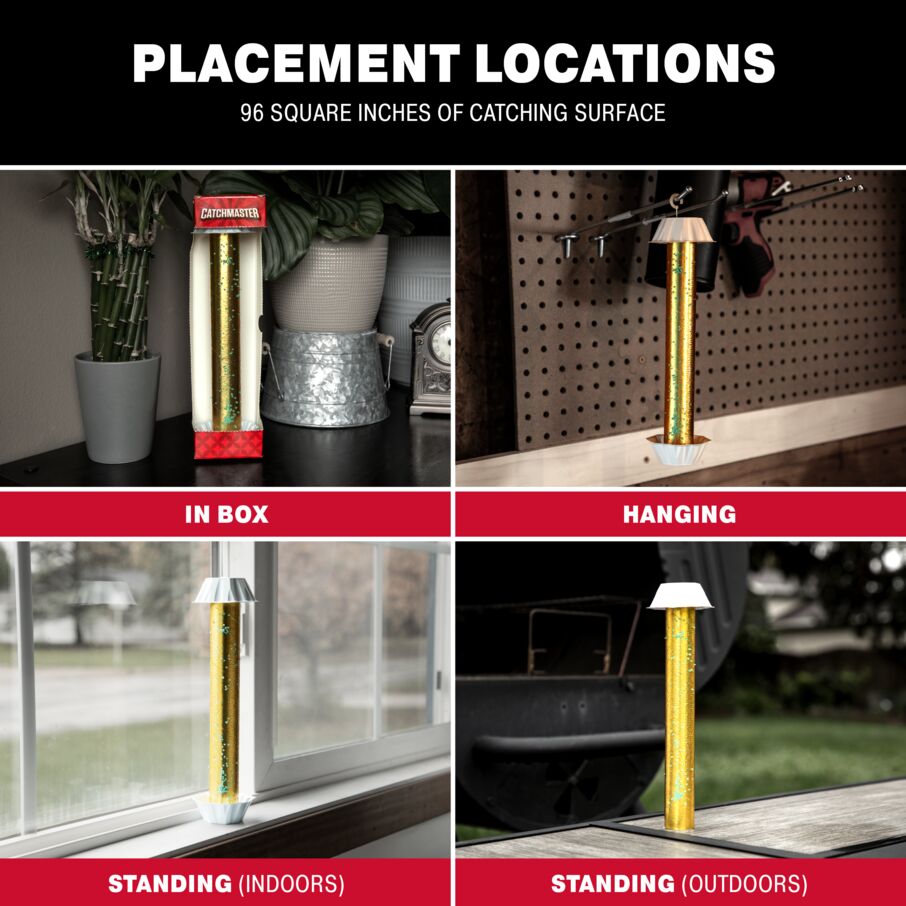
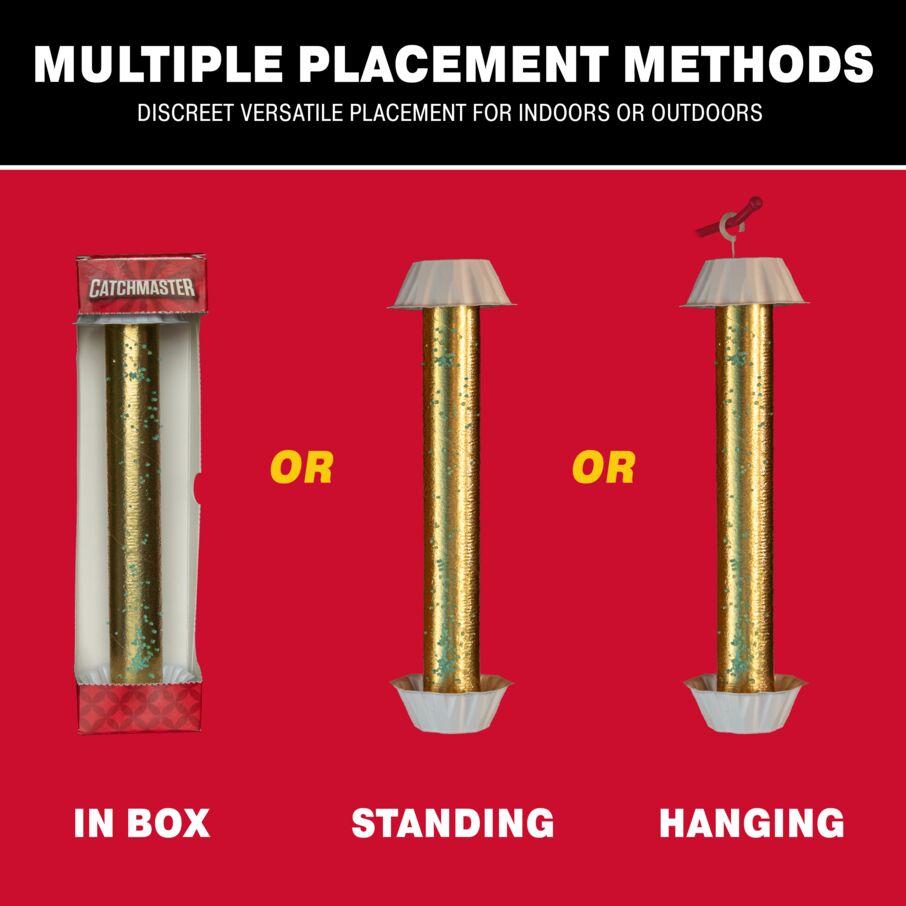
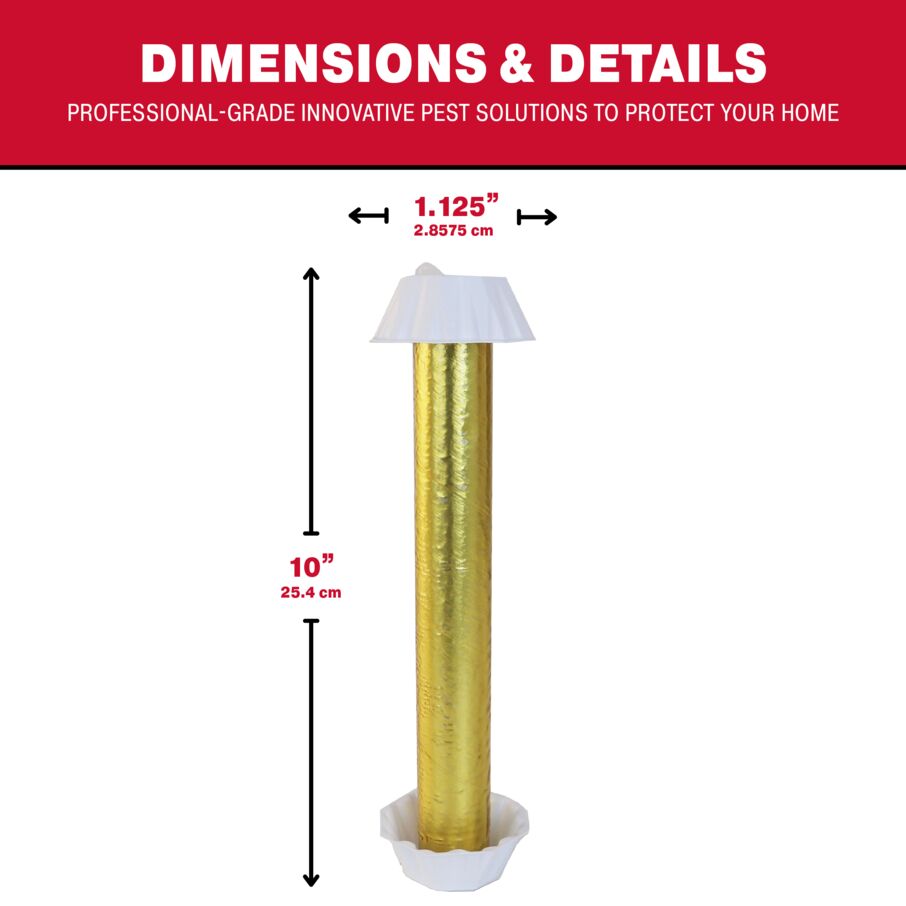
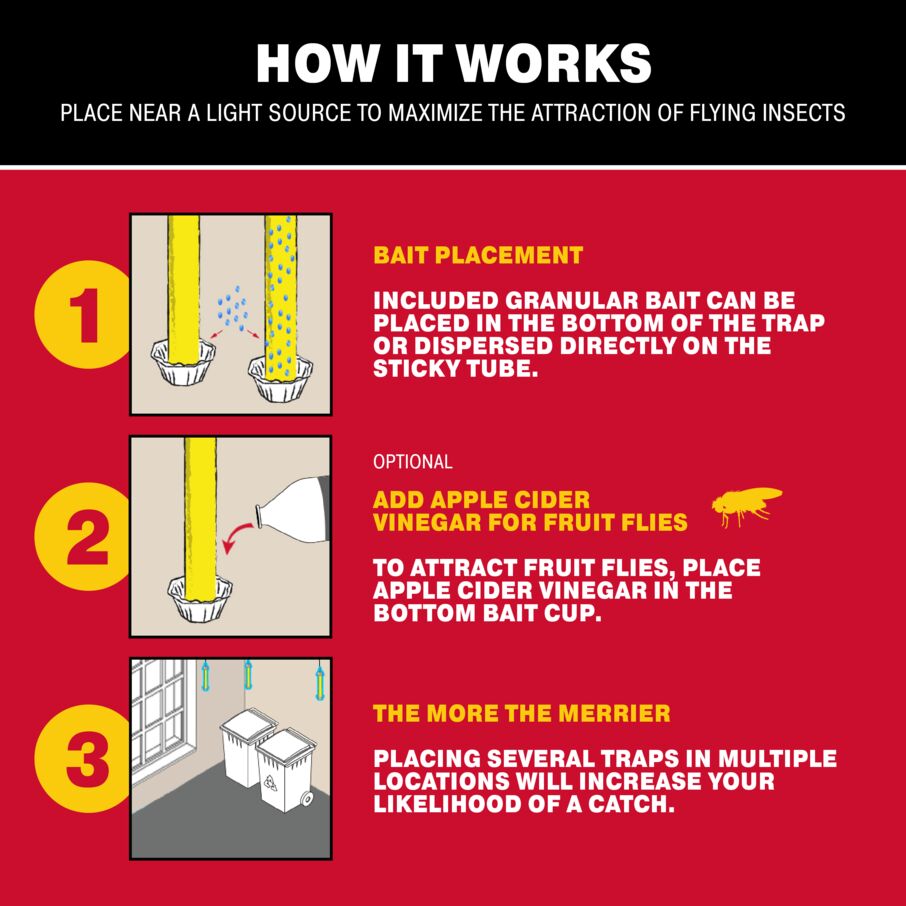
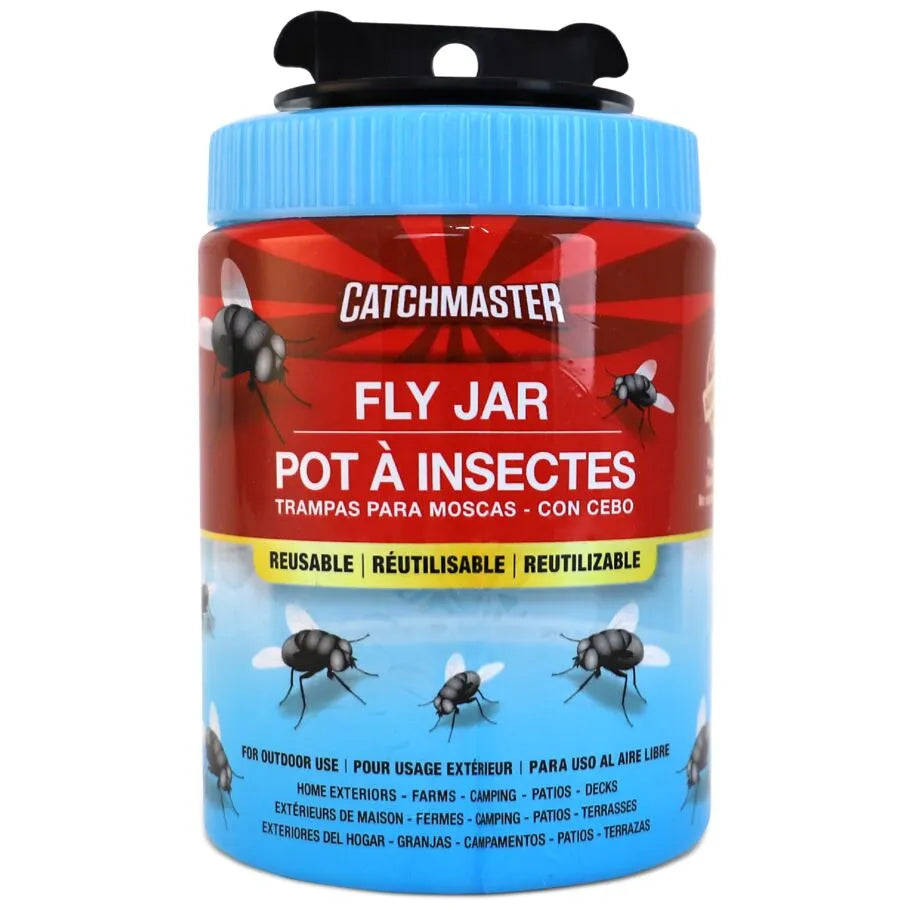
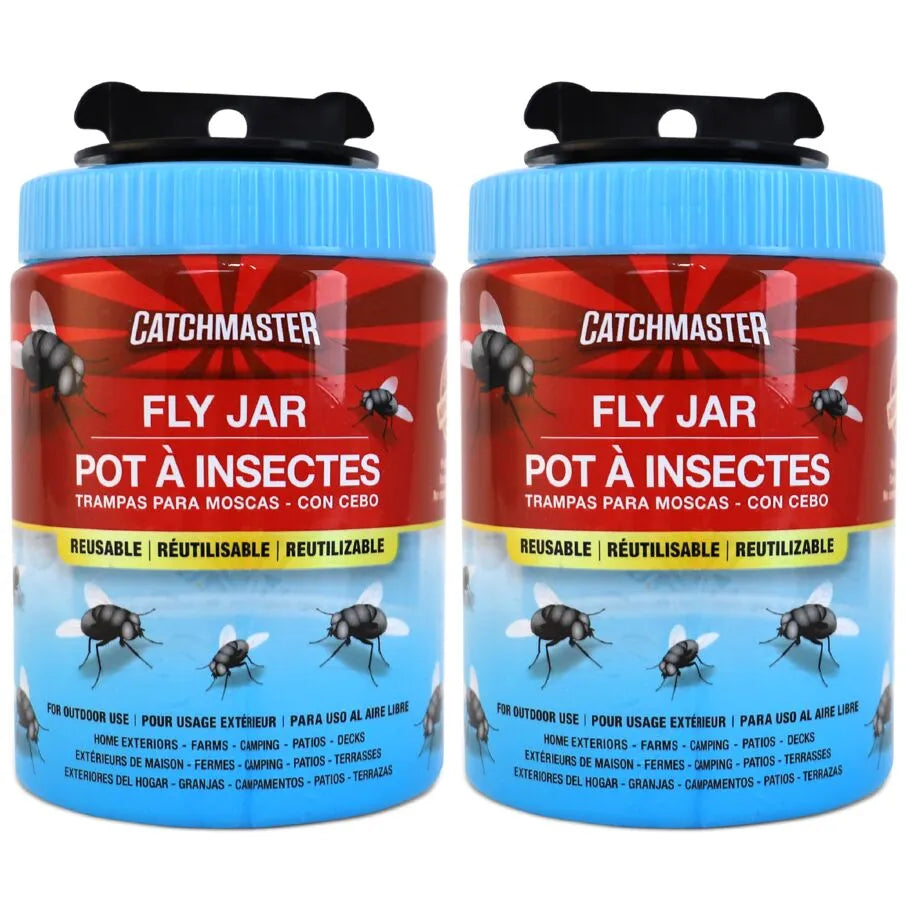
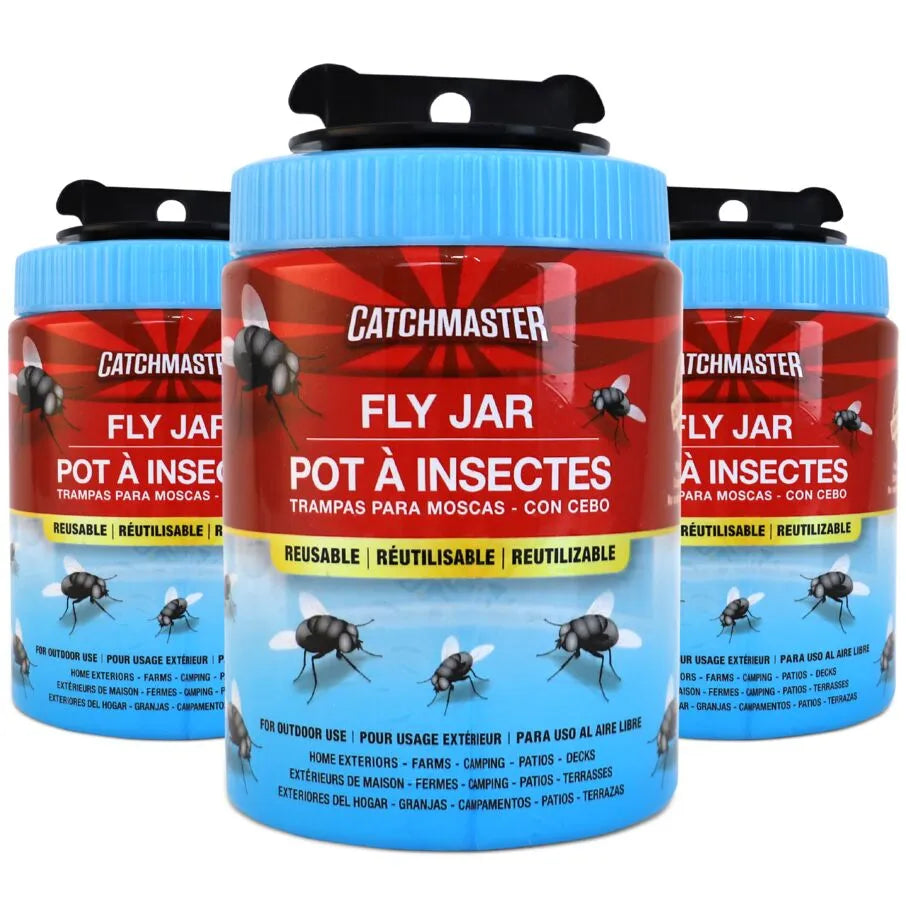
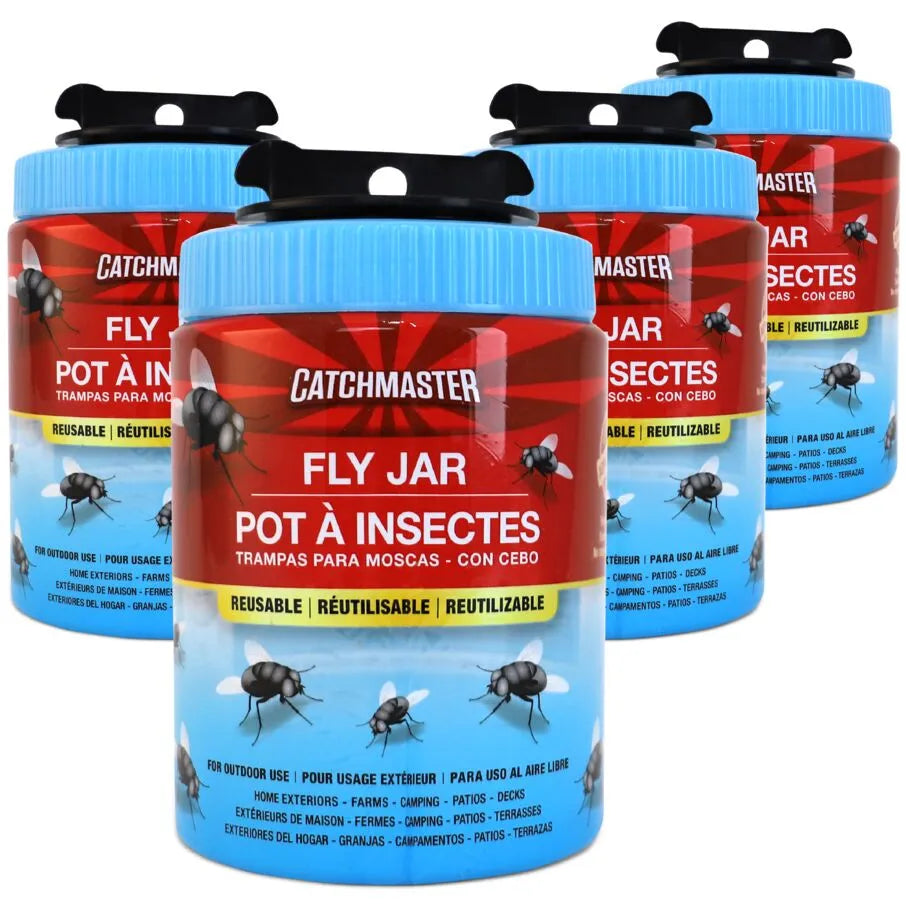
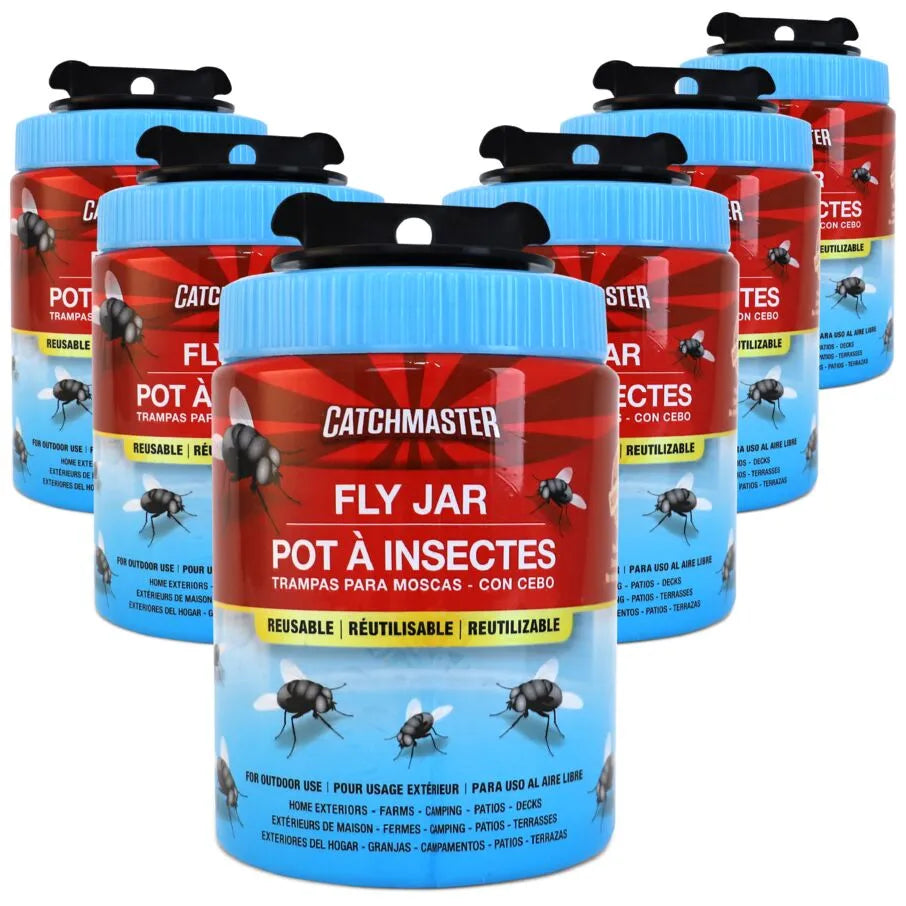
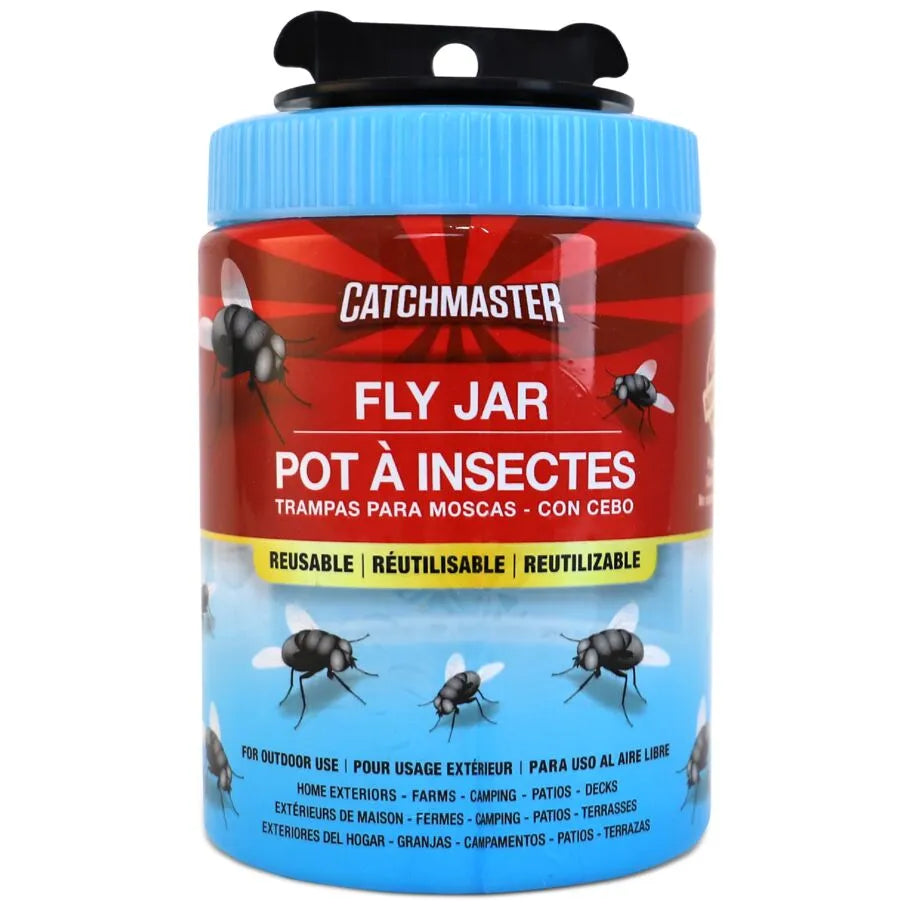
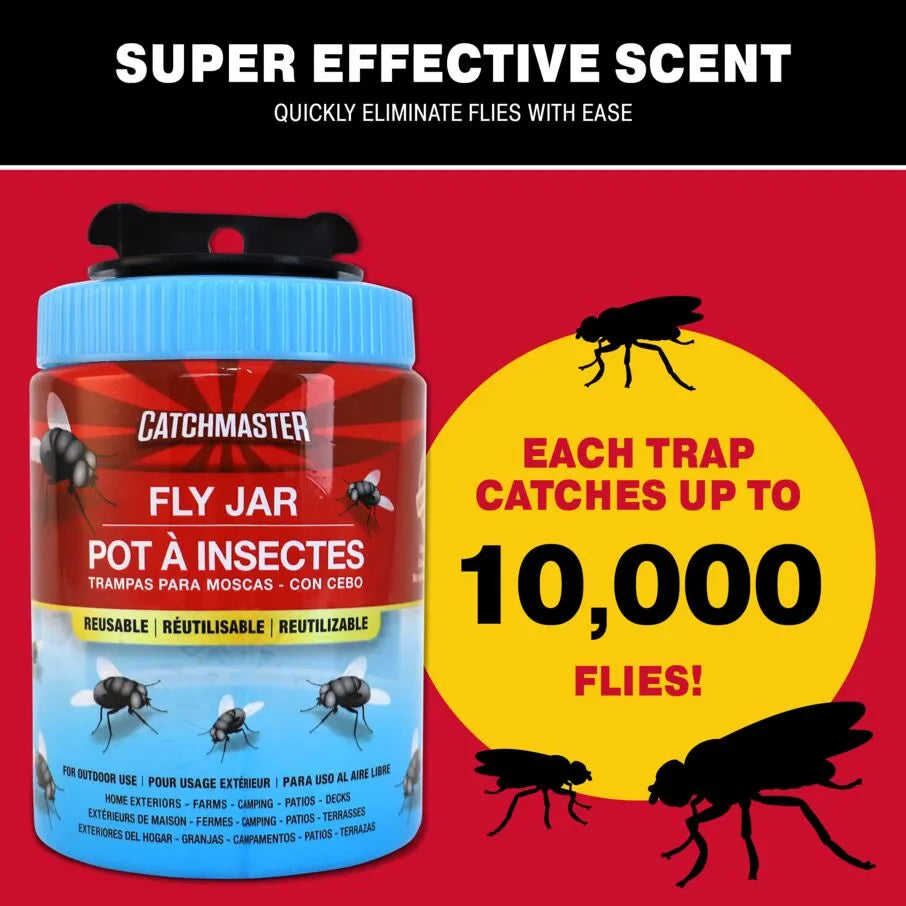
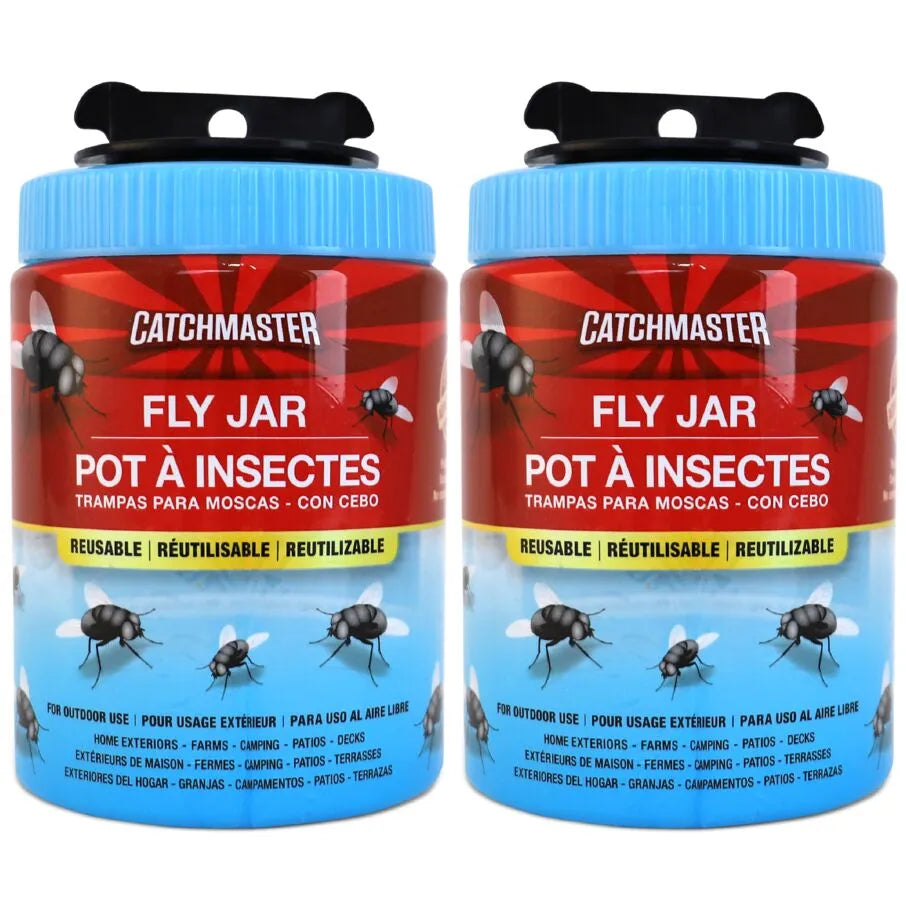
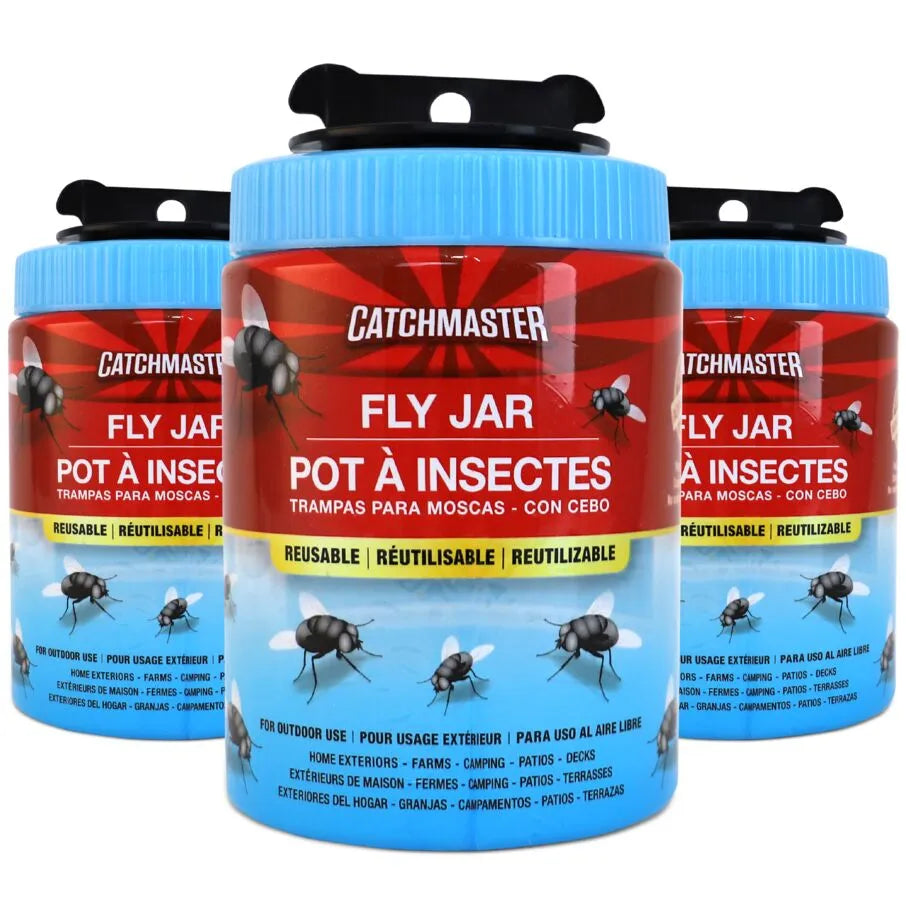
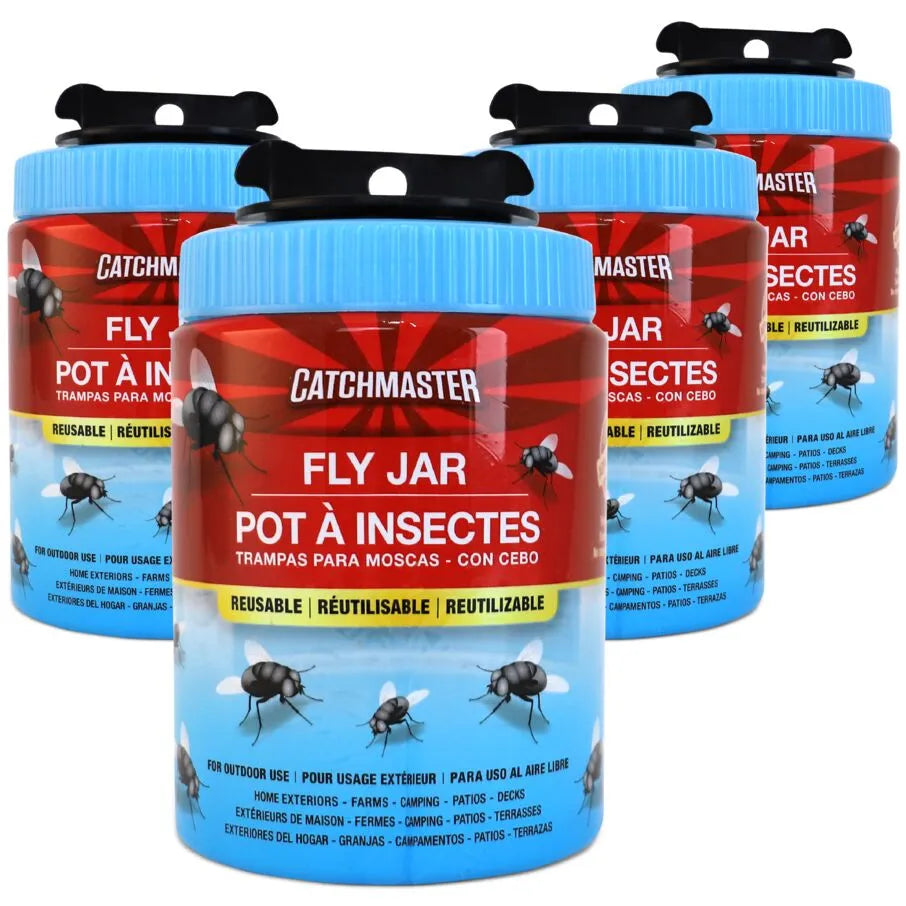
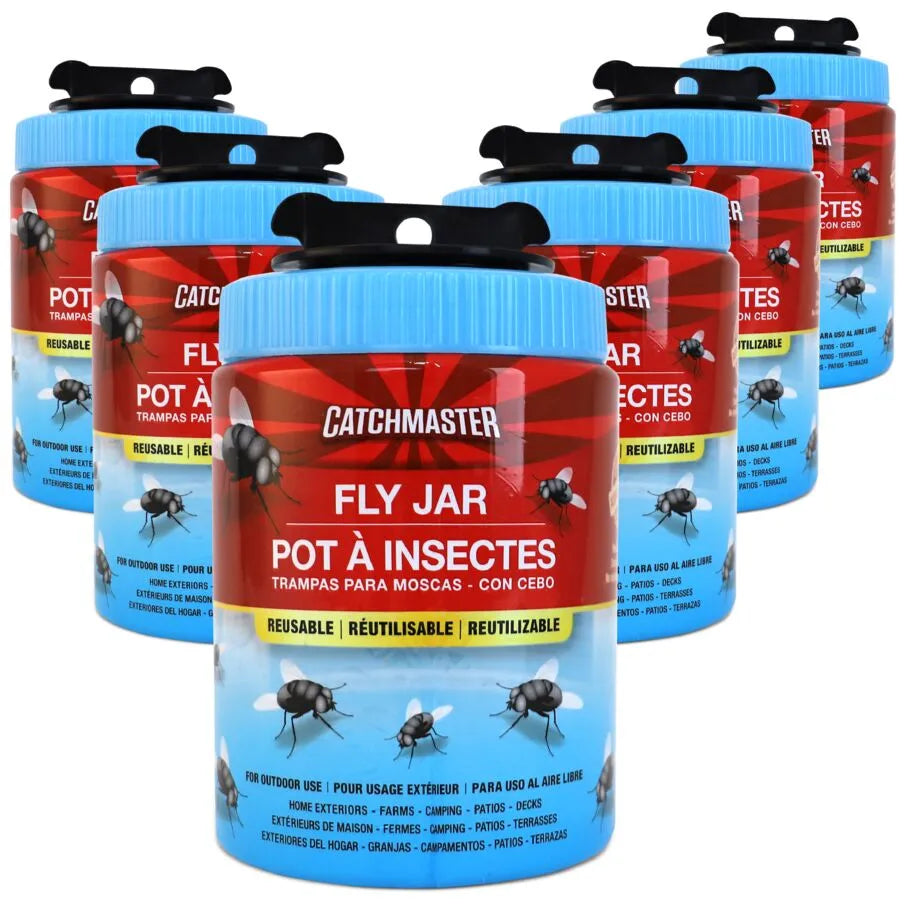
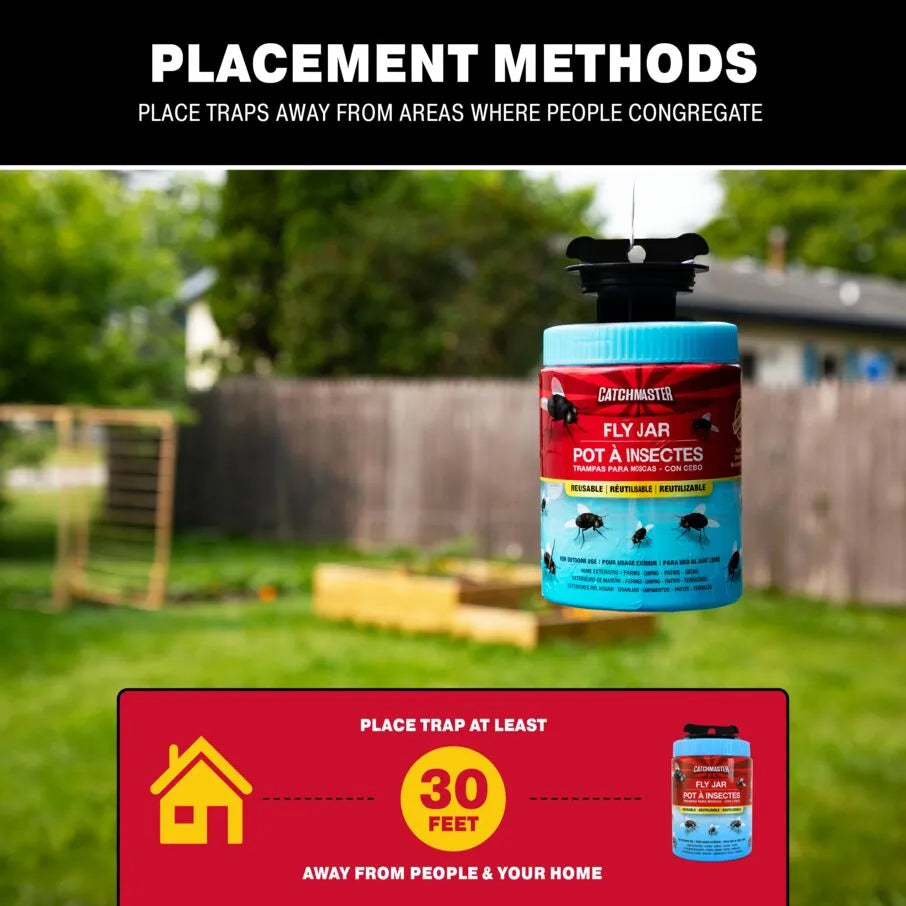
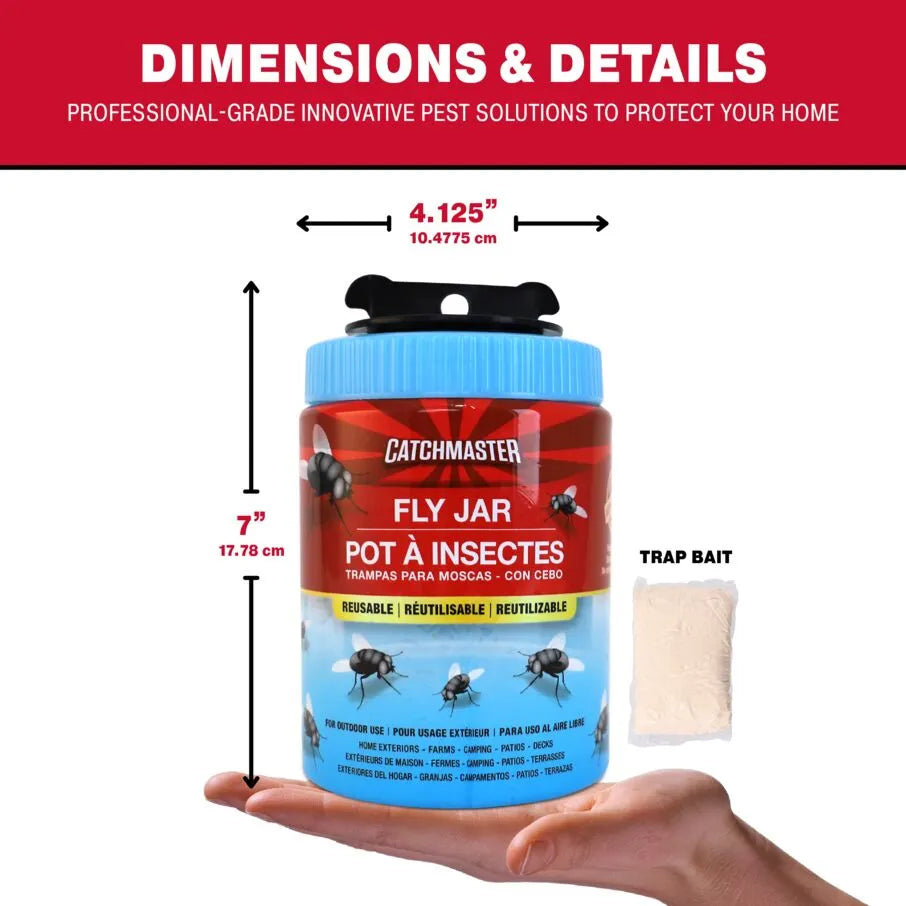
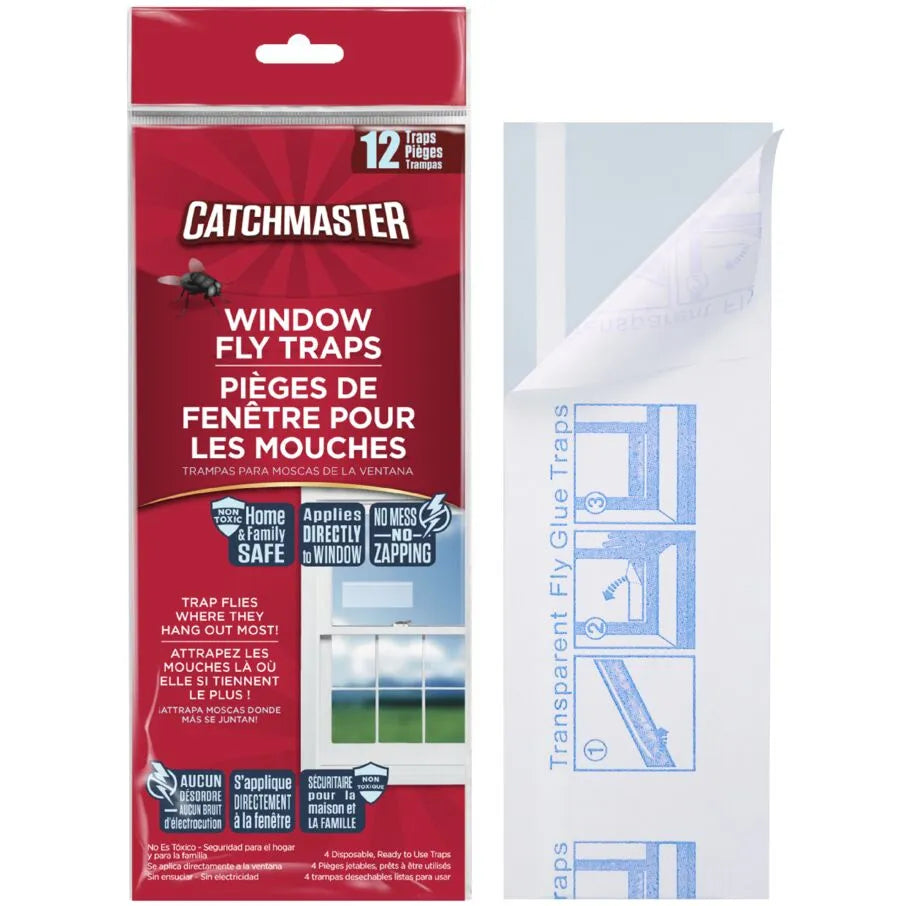
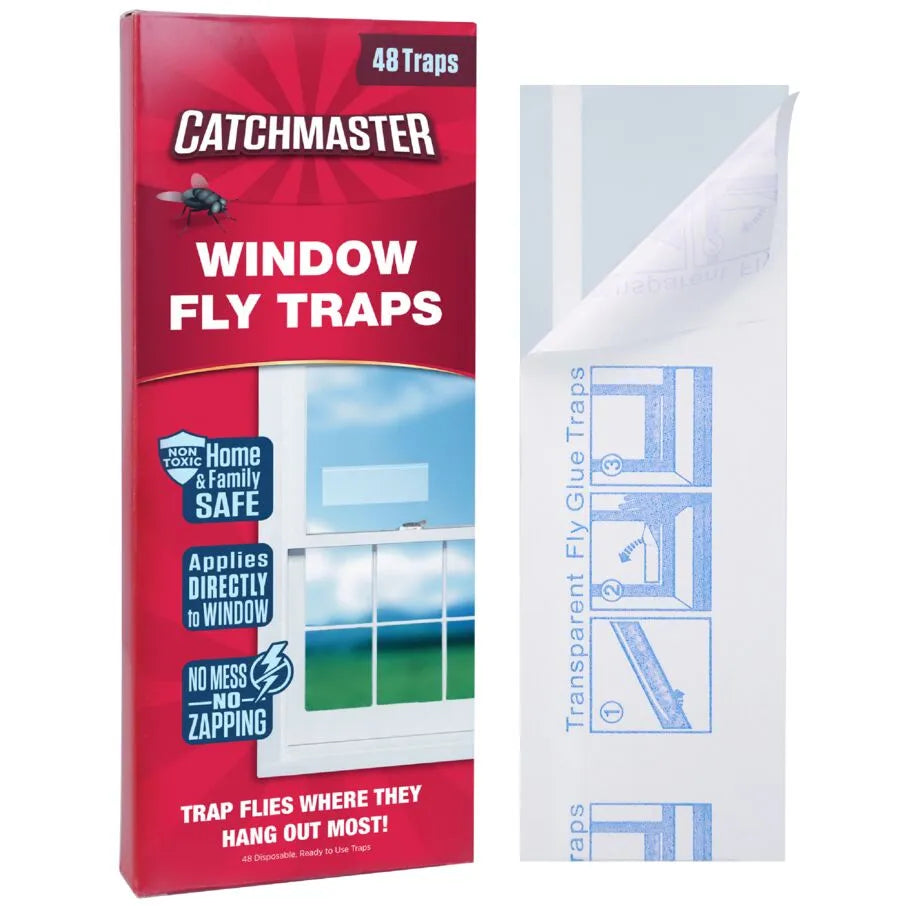
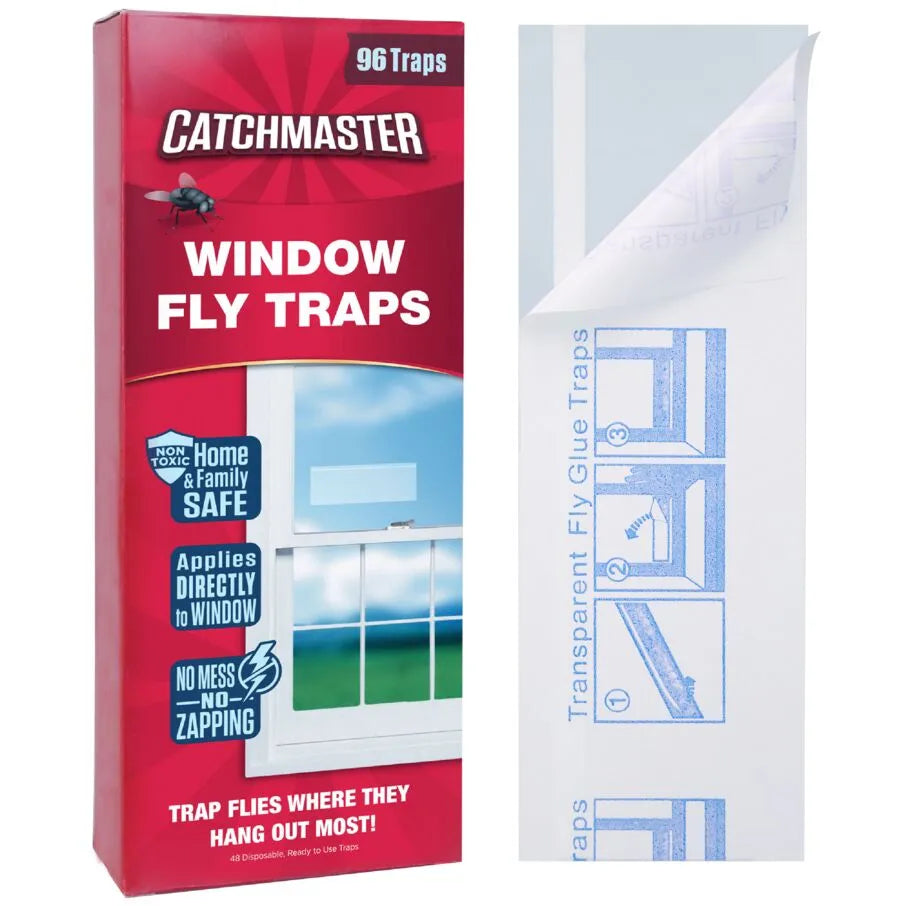
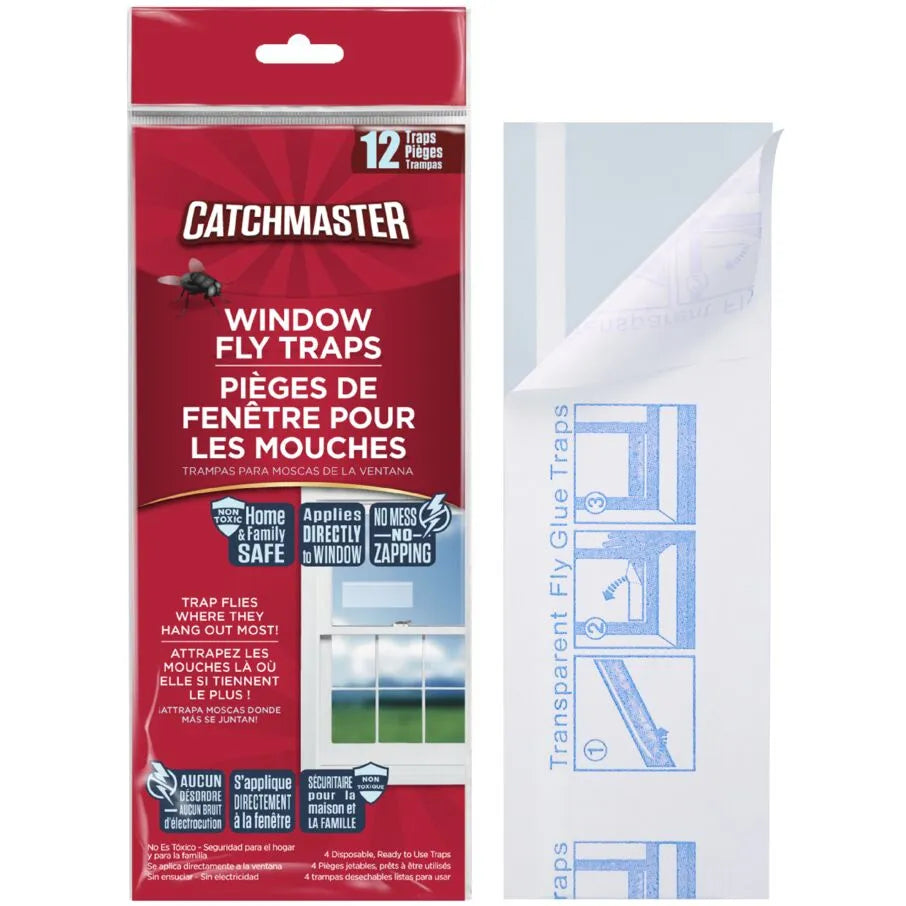
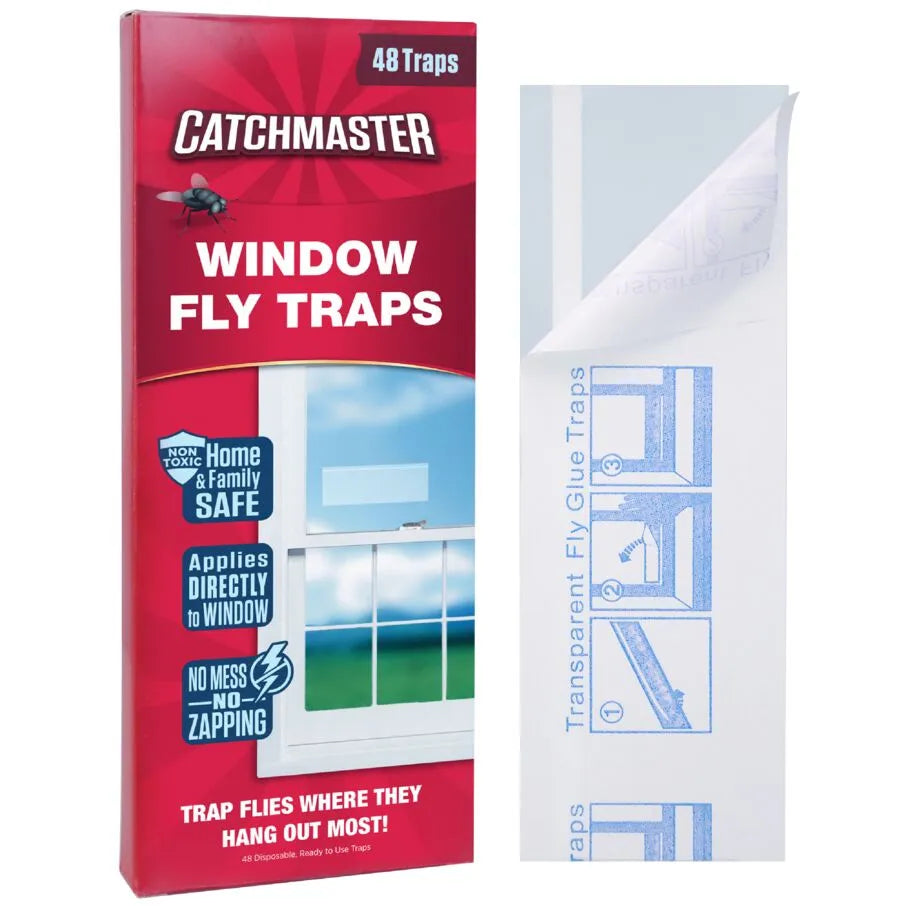
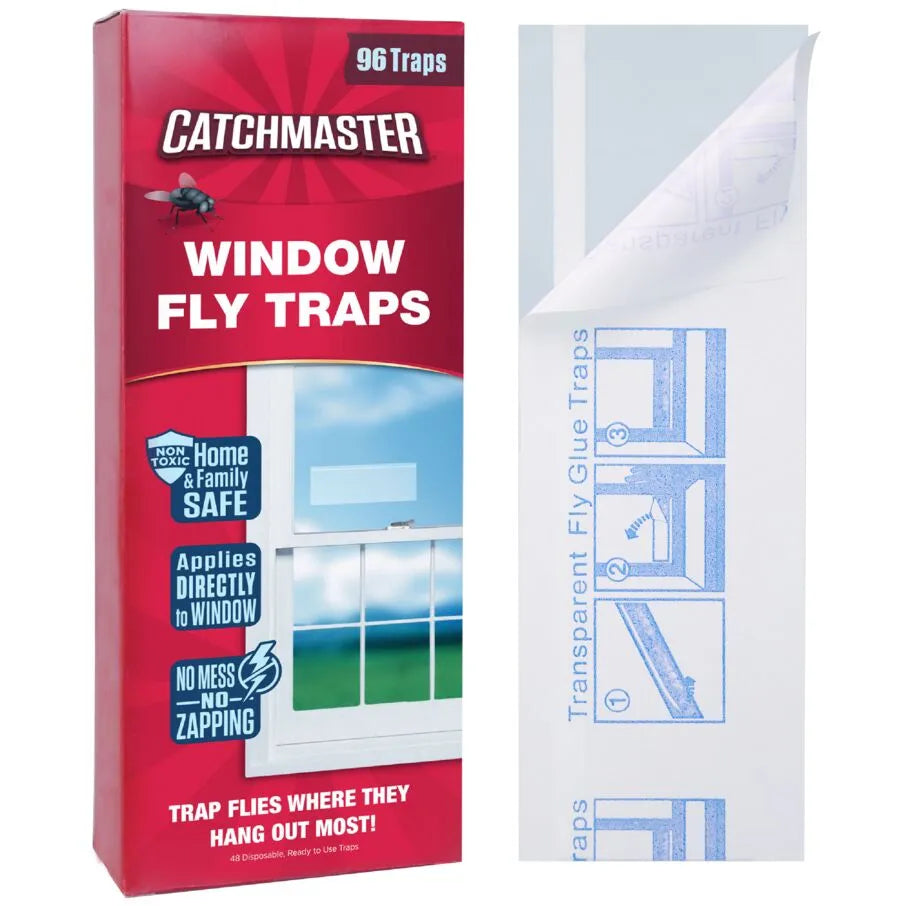
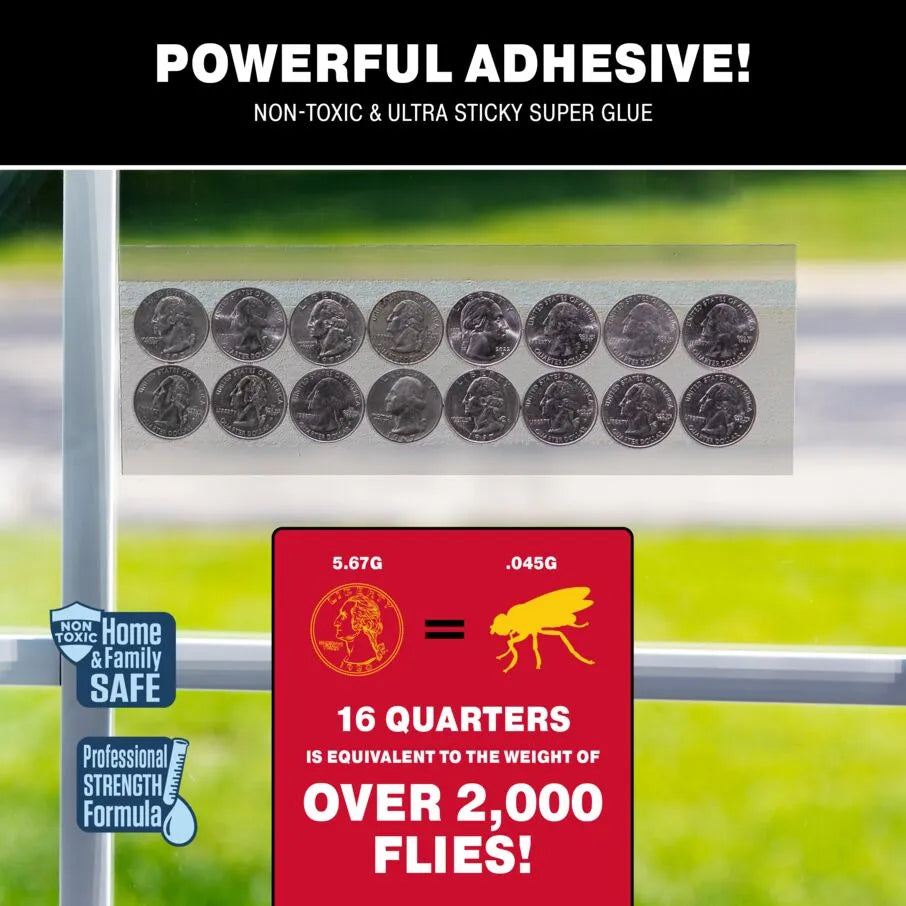
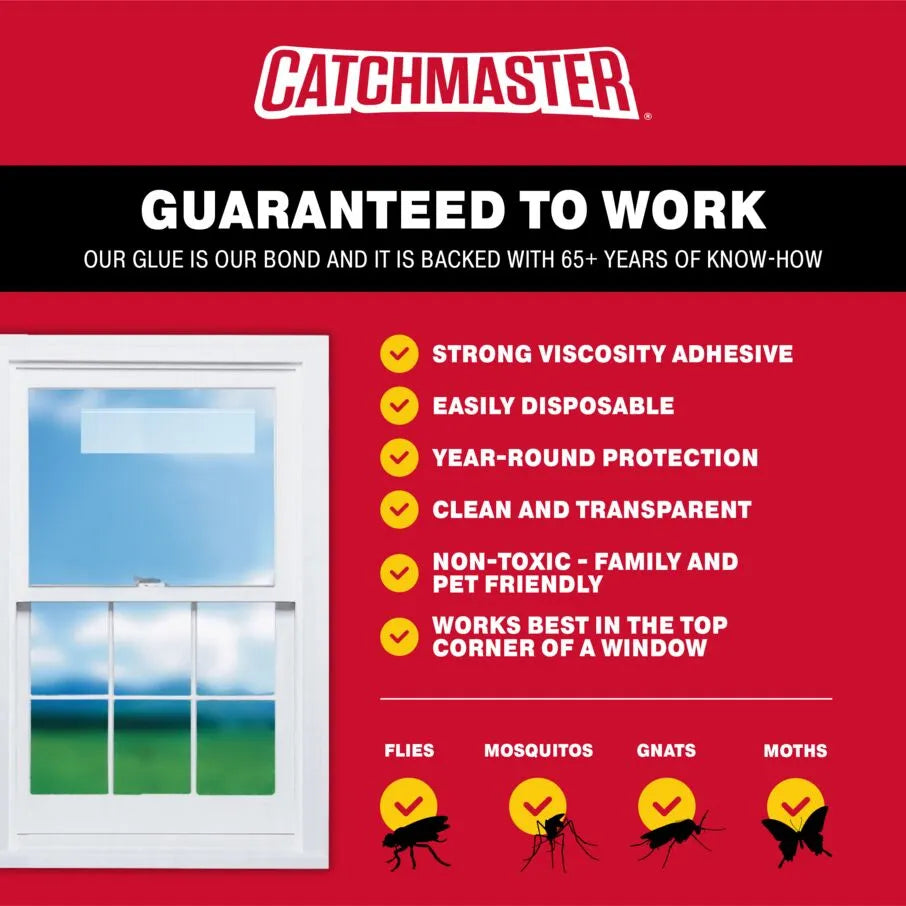
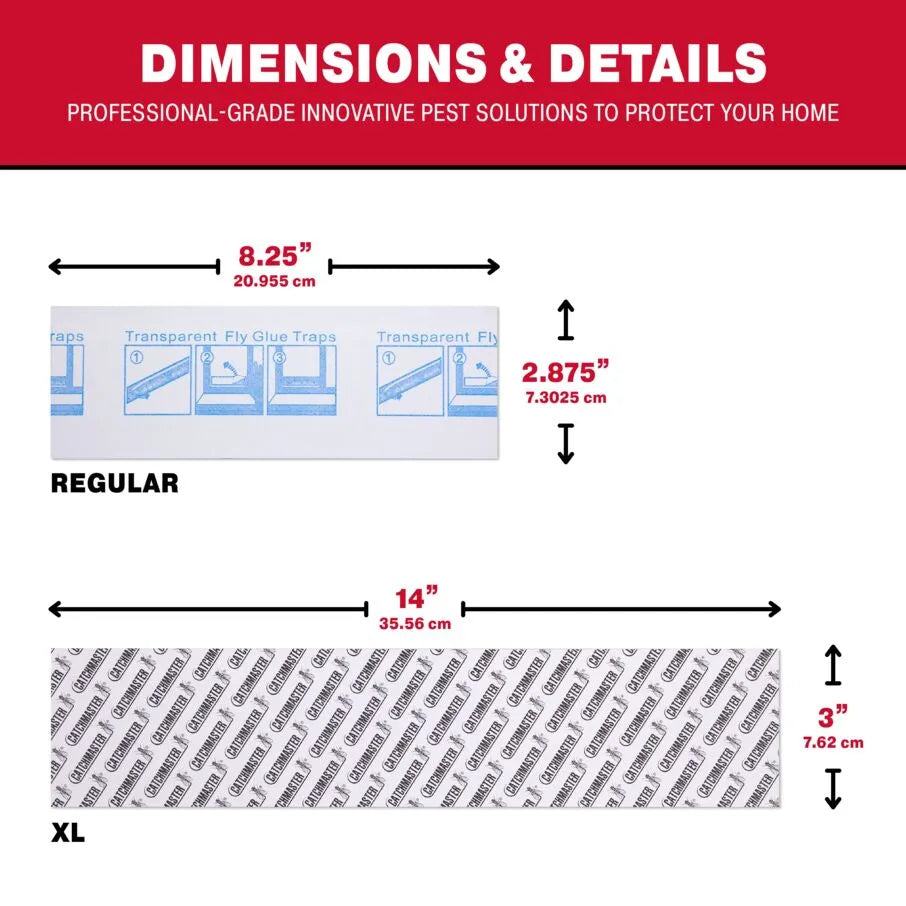
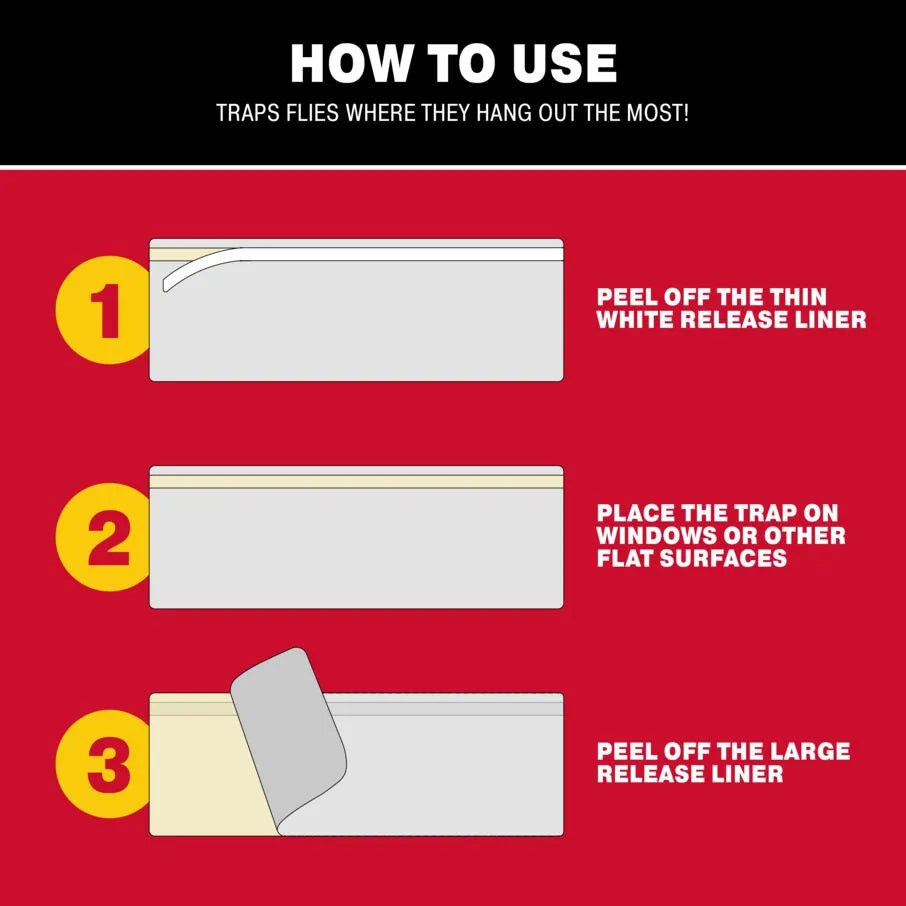
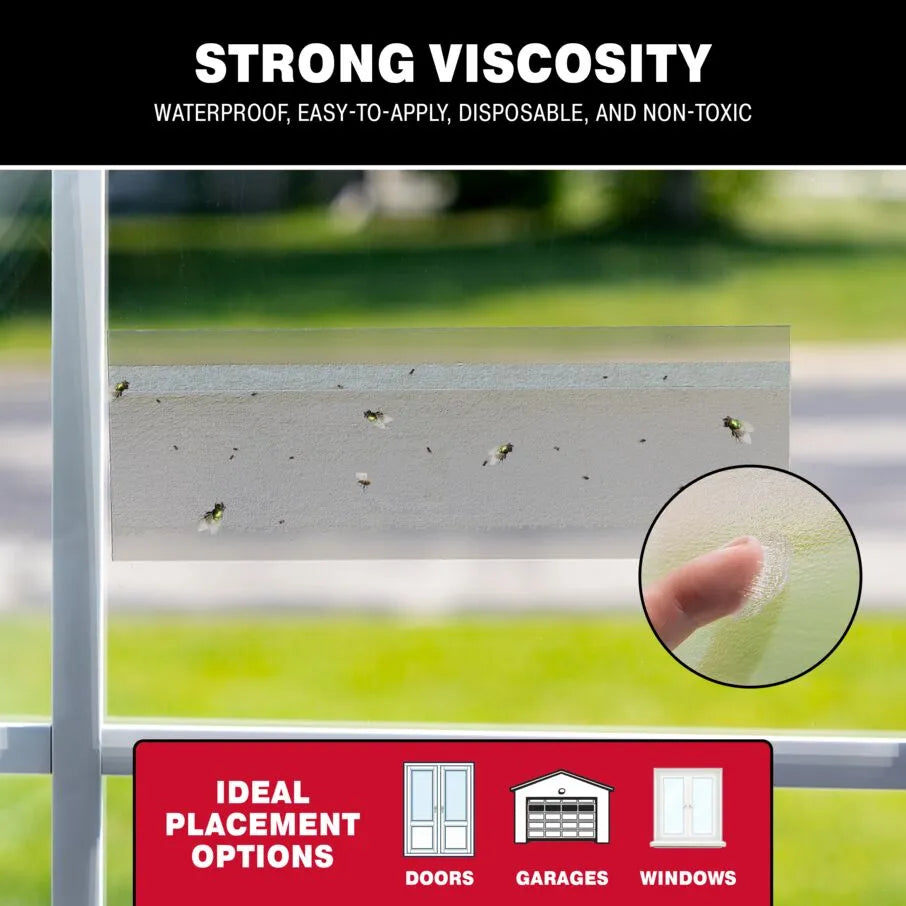
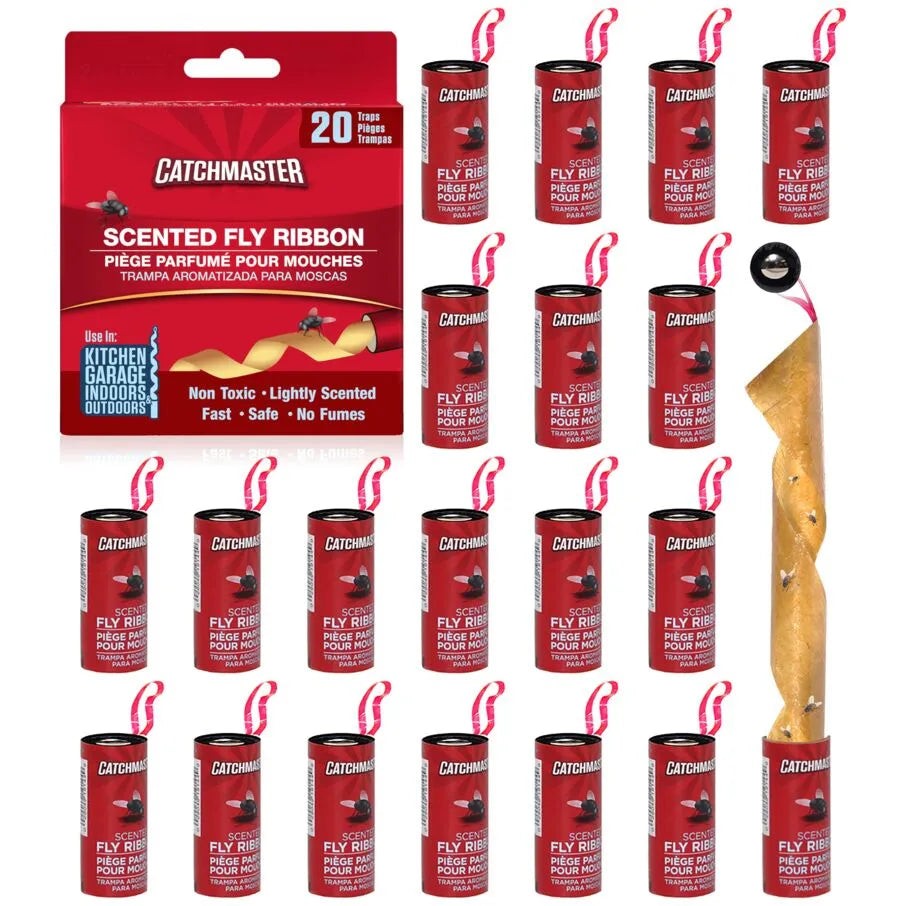
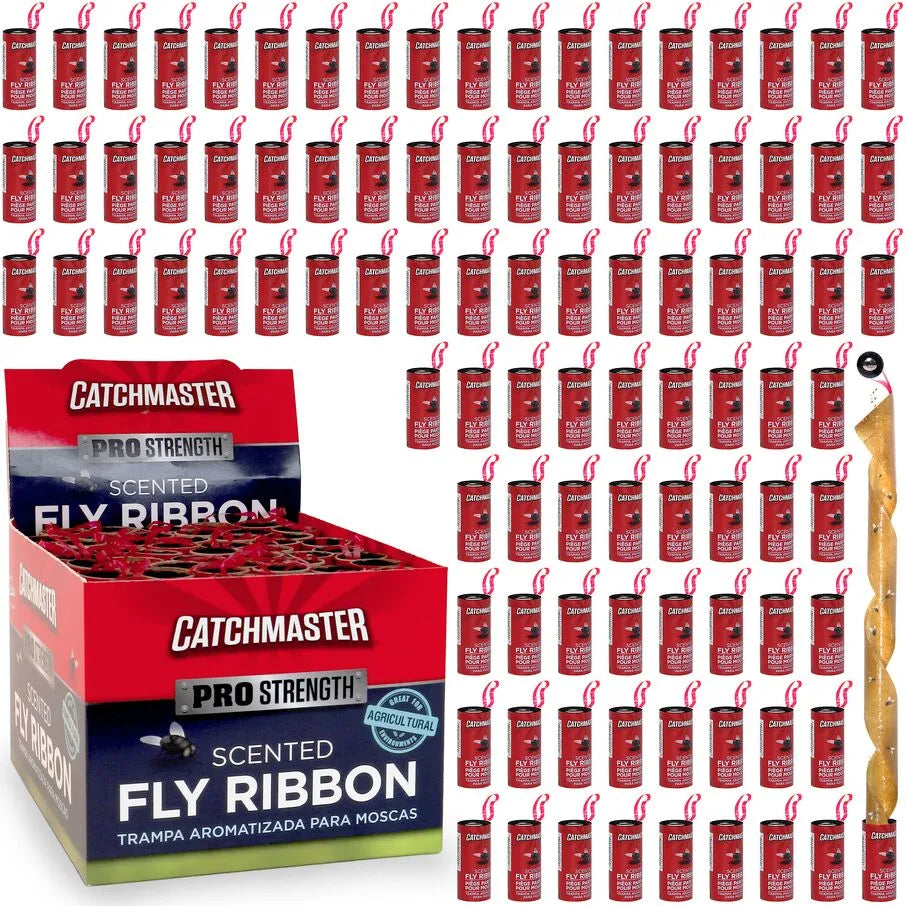
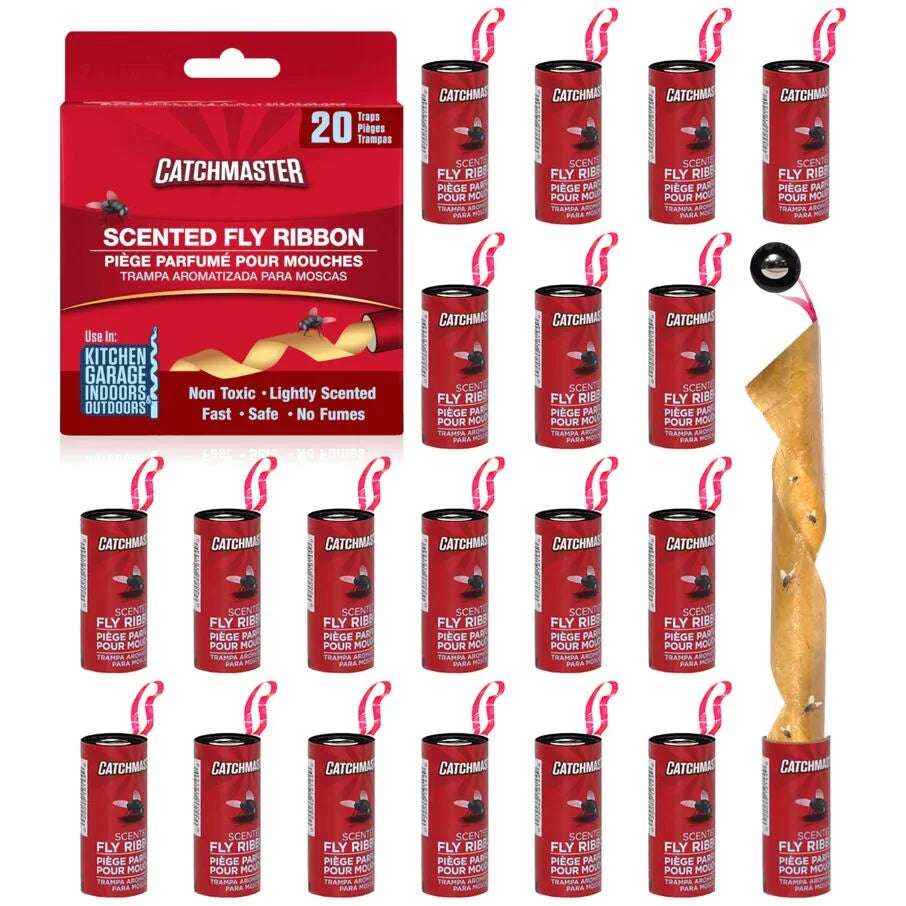
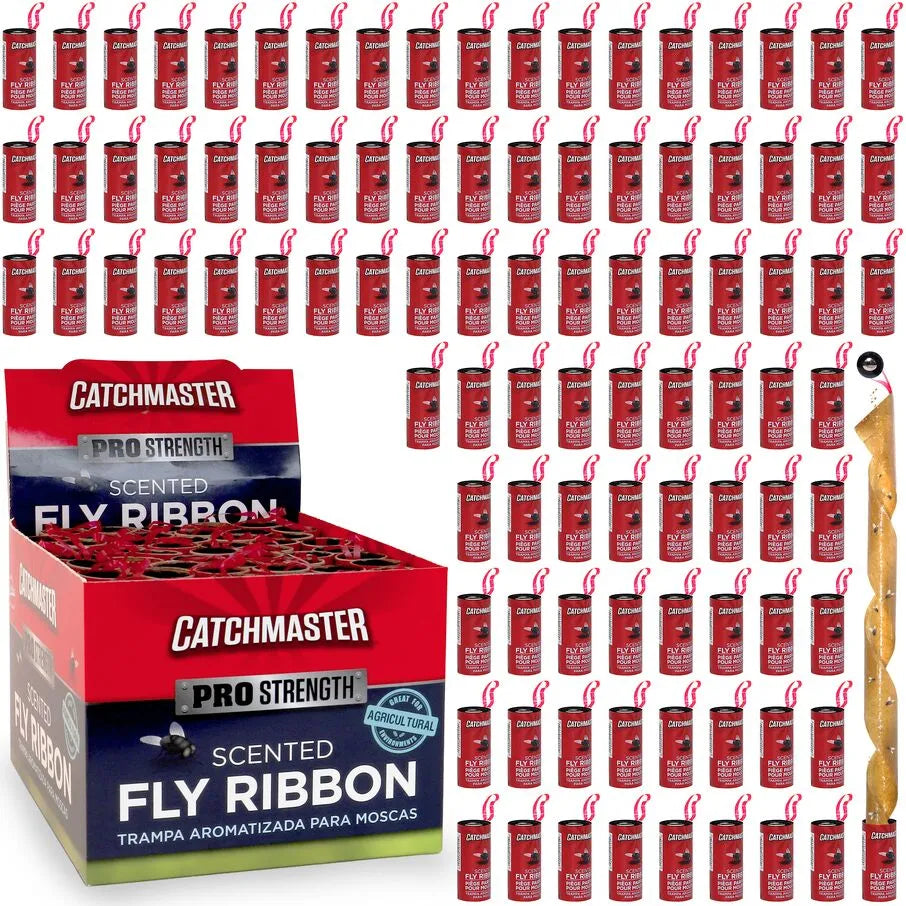
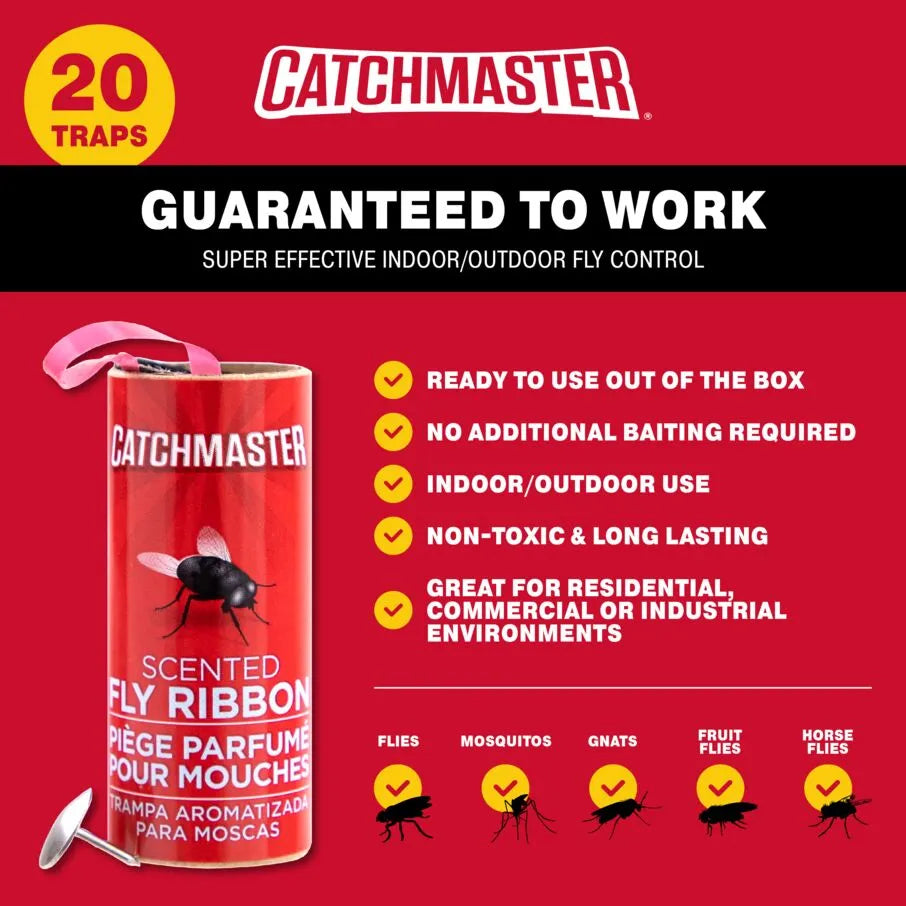
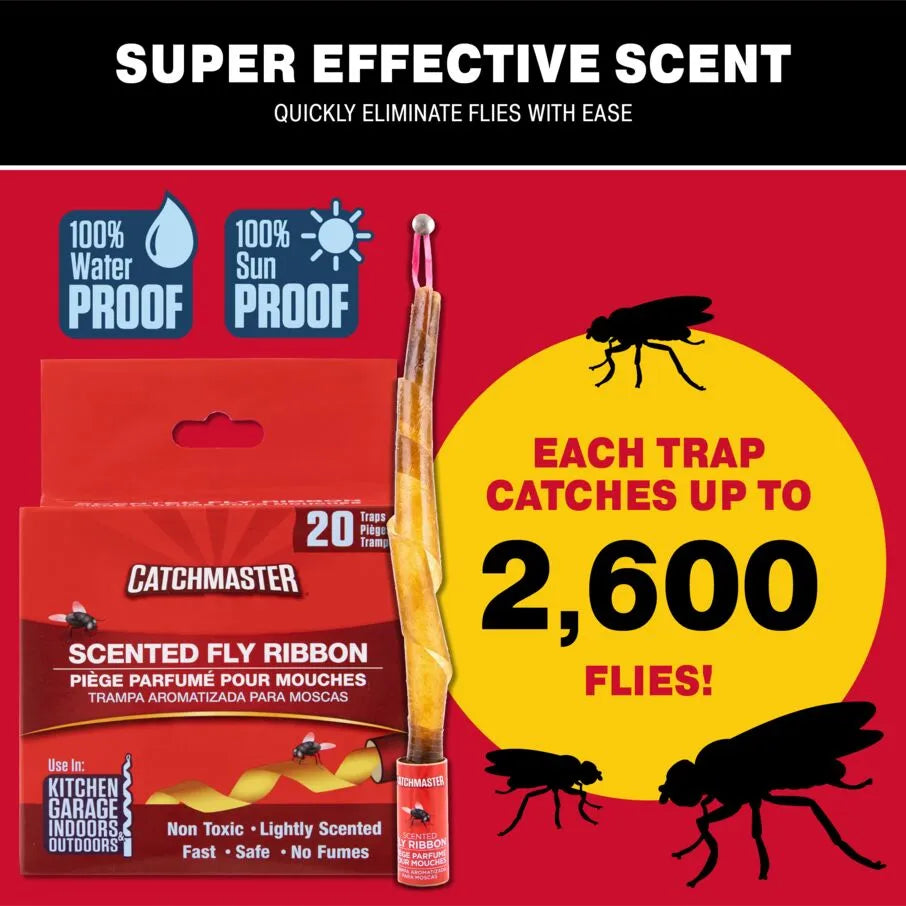
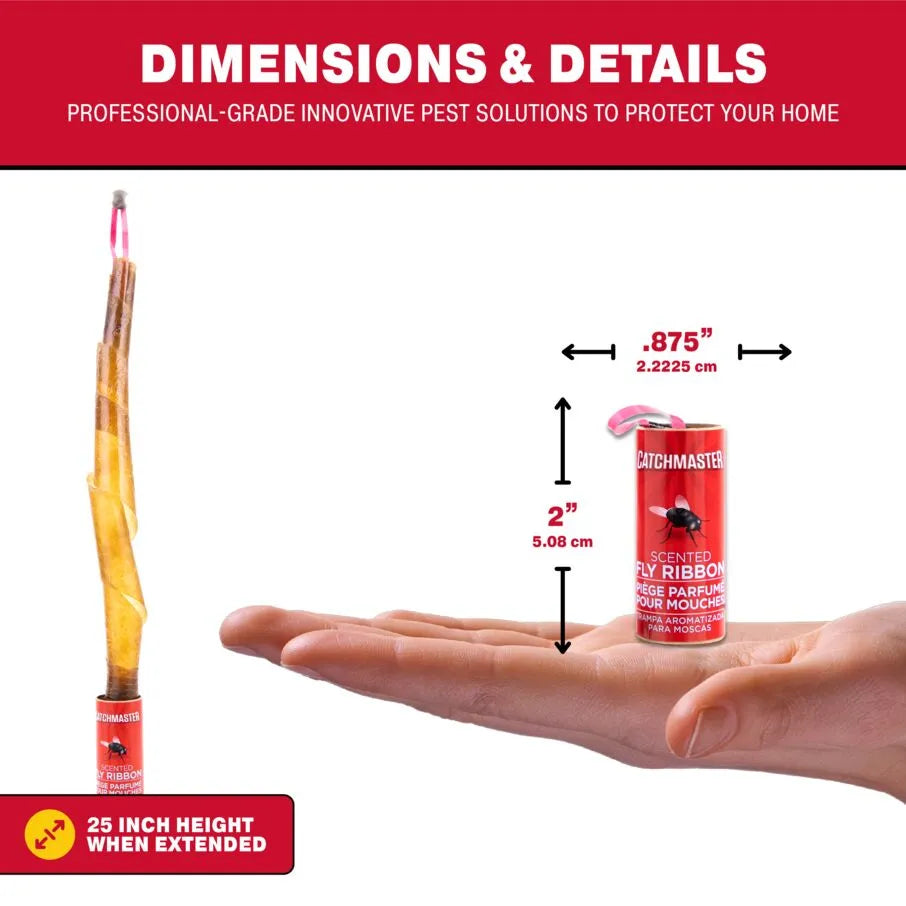
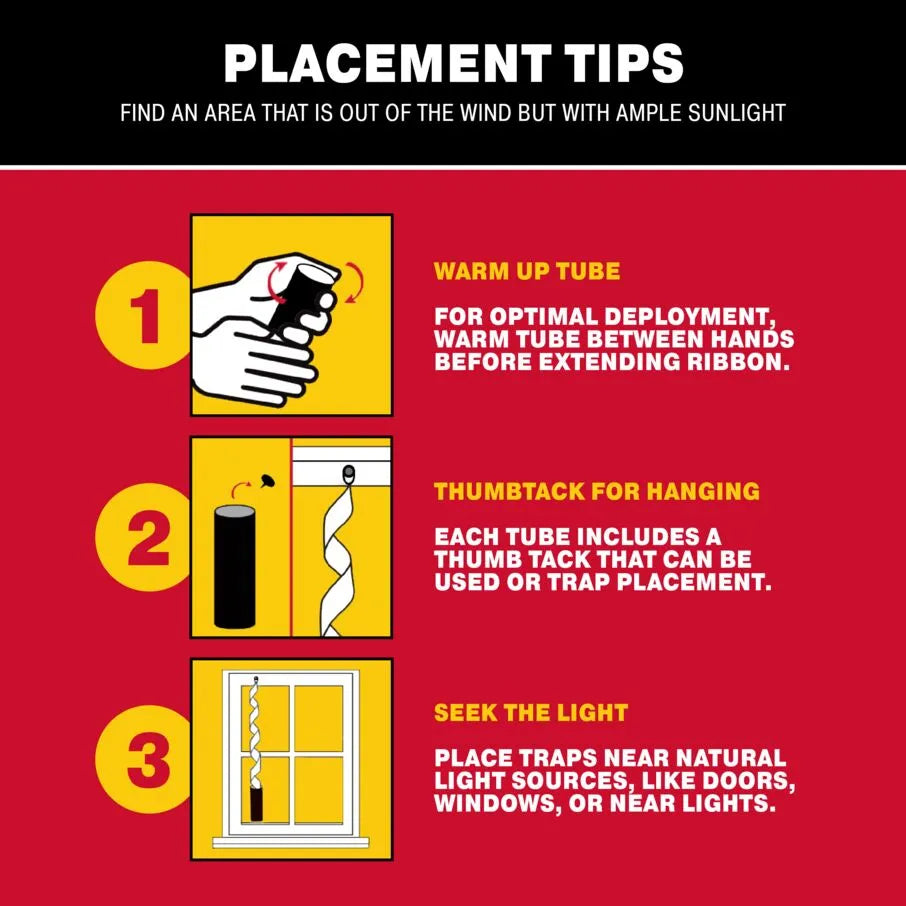
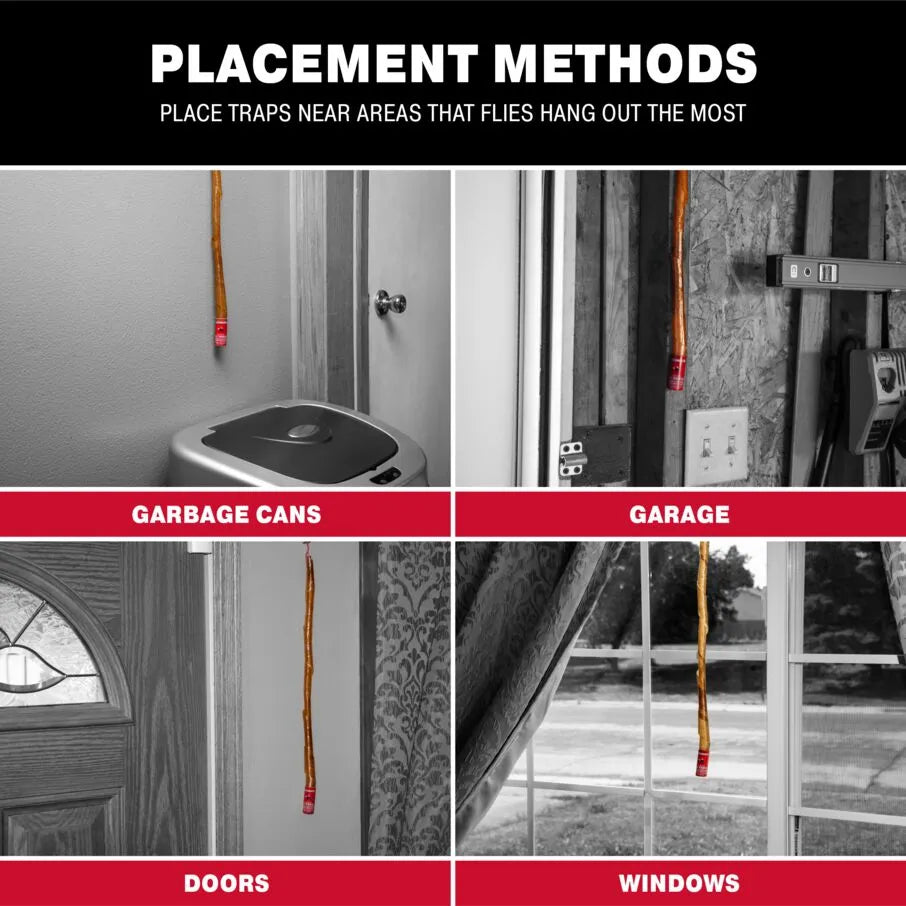
How to use Catchmaster's indoor fly traps effectively
Learn More About How Catchmaster's Fly Traps Can Solve Your Fly Problem.
To effectively get rid of house flies, combine preventive measures with targeted fly control solutions. Keep your living spaces clean, especially kitchens and dining areas, by covering food, regularly taking out the trash, and avoiding standing water.Use indoor fly traps to capture flies that enter your home. These traps work by attracting flies with specific lures and trapping them, reducing the fly population in your home.
Yes, our indoor fly traps are designed to be versatile and can be used in any room of your house. However, for maximum effectiveness, place them in areas where flies are most active, such as near entry points, windows, and areas where food is prepared or consumed.
Our fly traps are designed with safety in mind and use non-toxic attractants and glue to capture flies, making them safe for use in homes with pets and children. However, it's important to read the product descriptions and follow installation instructions on the product pages to ensure that you choose a trap that's appropriate for your specific needs and usage conditions.
The replacement schedule for your indoor fly trap depends on the trap’s design and how quickly it fills up with flies. During periods of high fly activity or if your home experiences a significant infestation, you might find it necessary to replace the traps more often. Generally, Catchmaster fly traps last up to a year in most conditions and when used properly. Dispose of when full, to ensure they remain effective otherwise.


